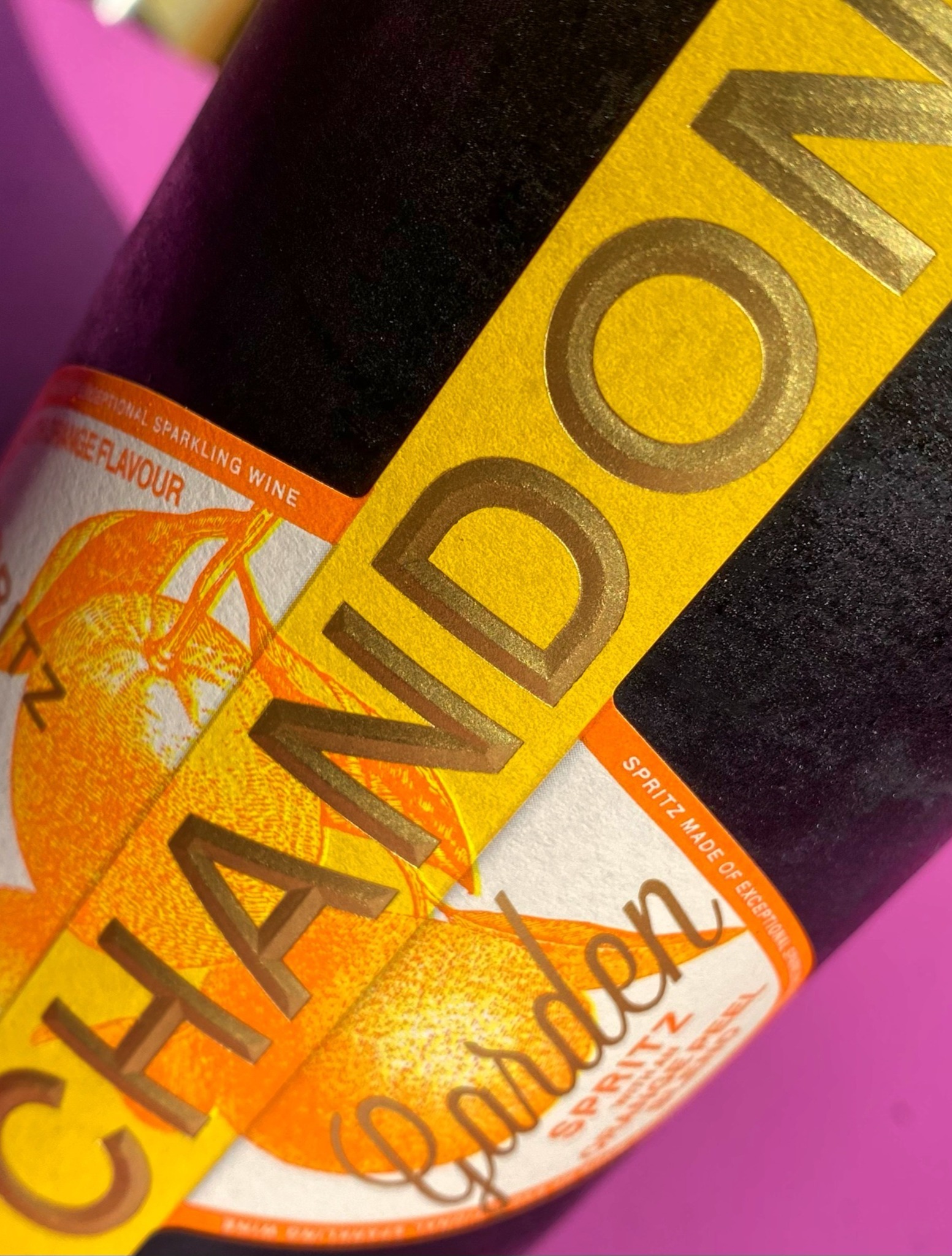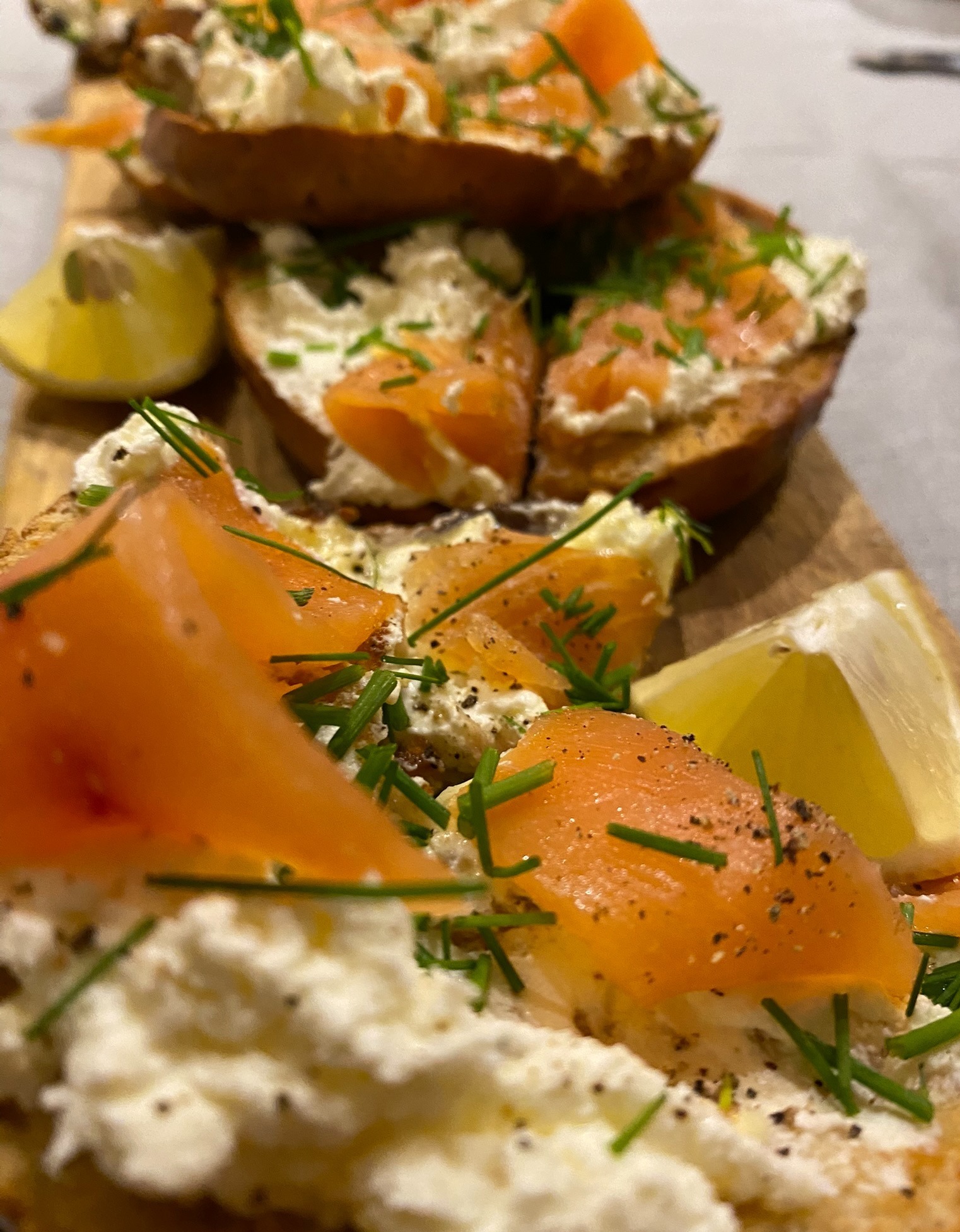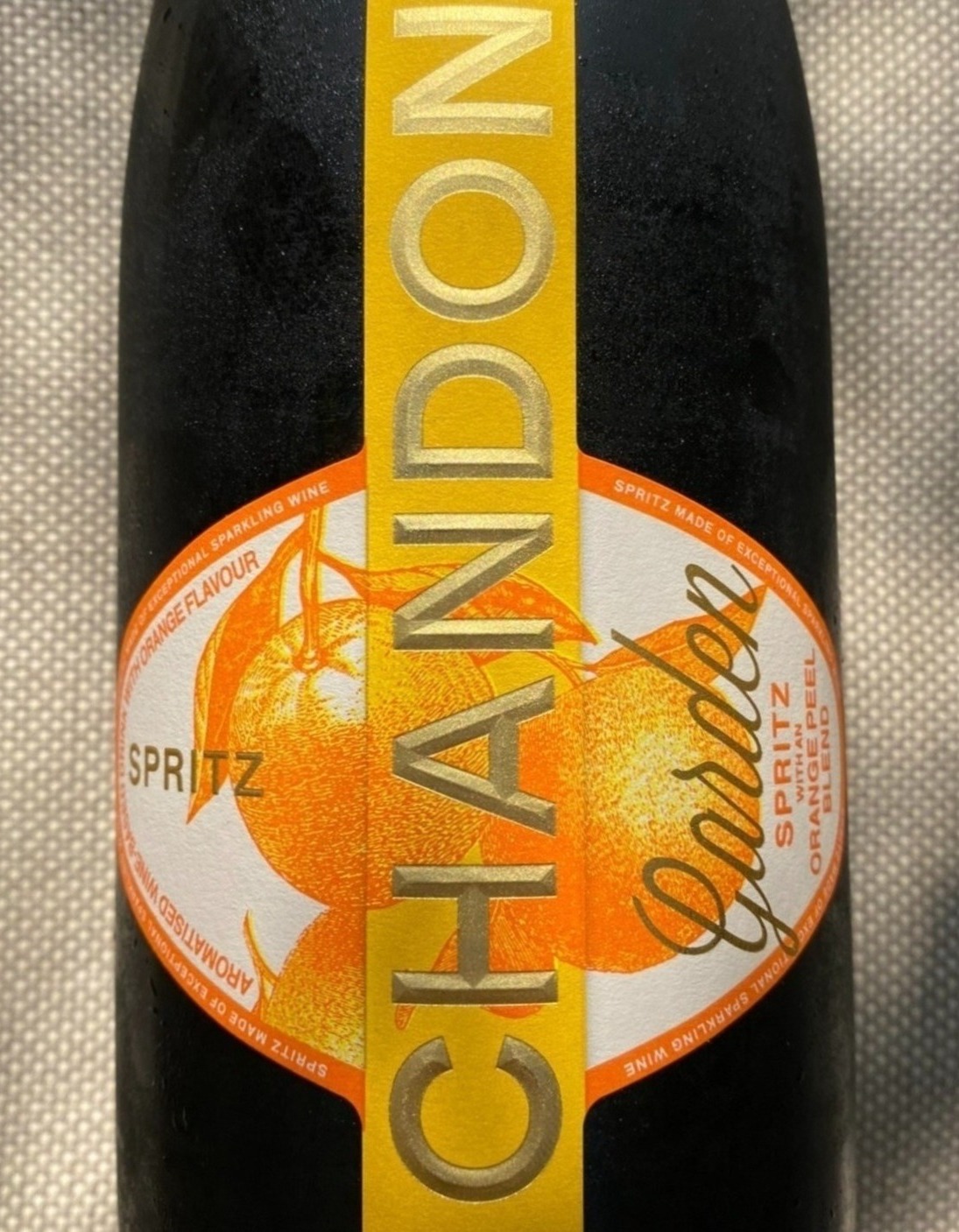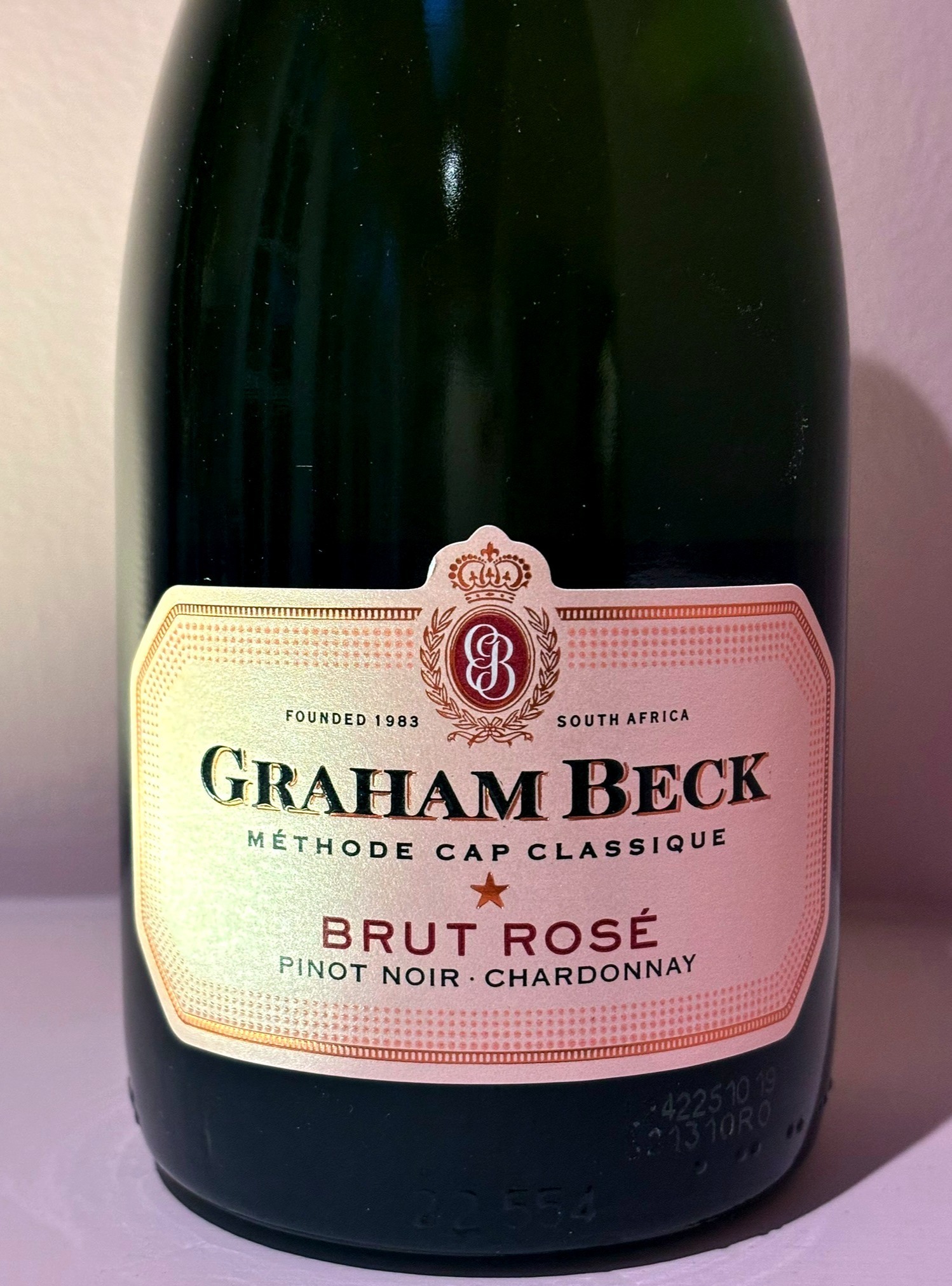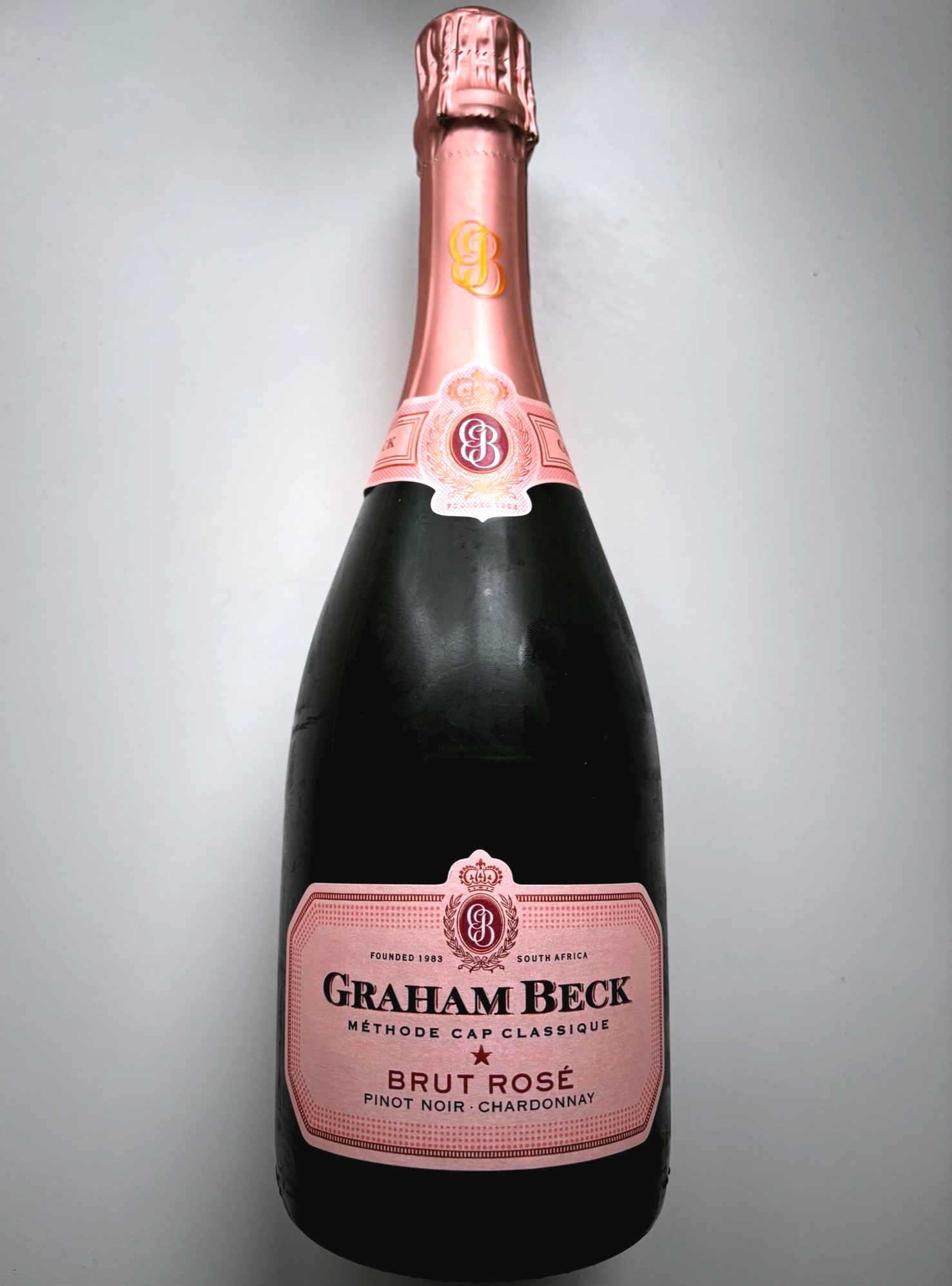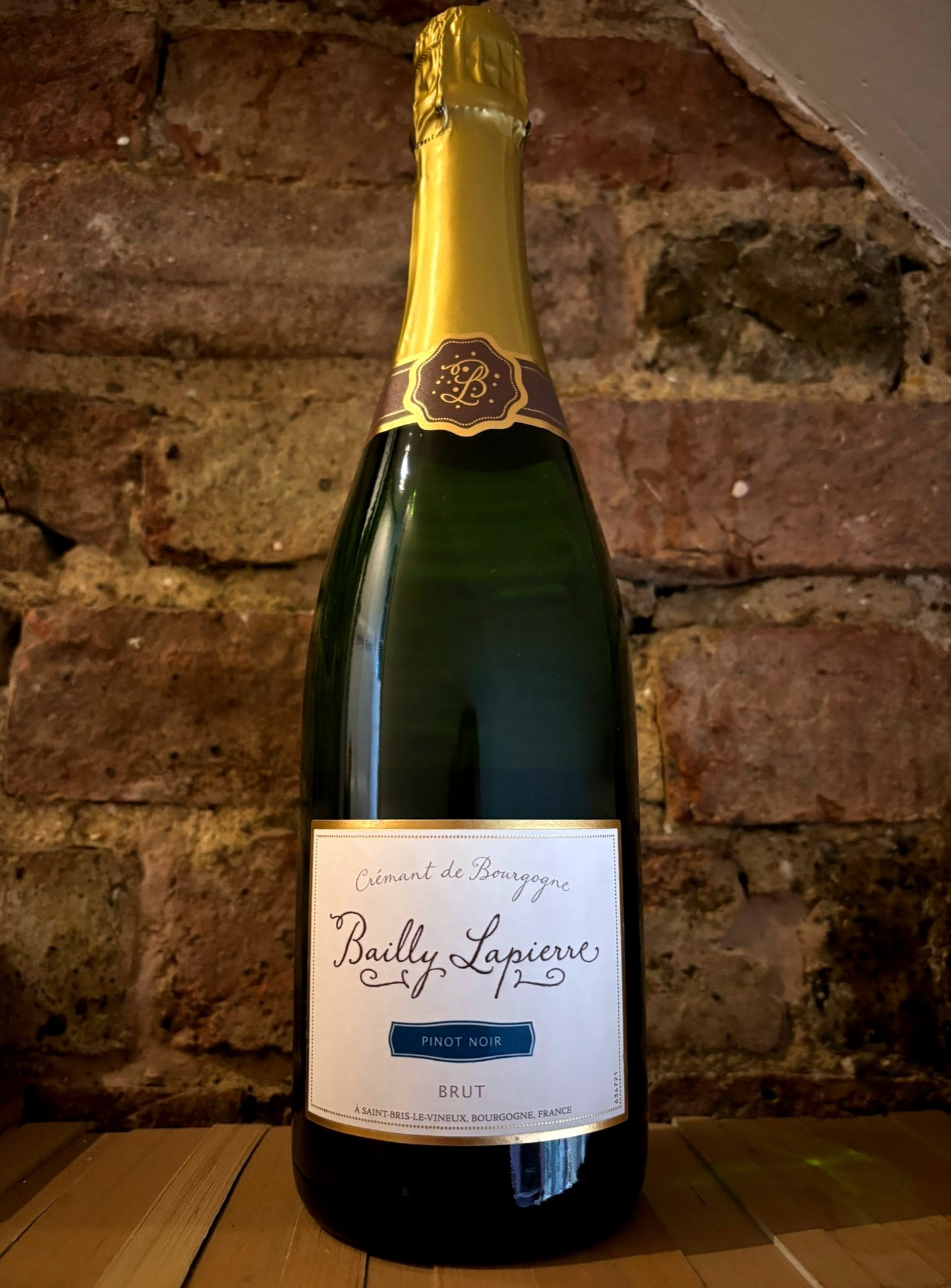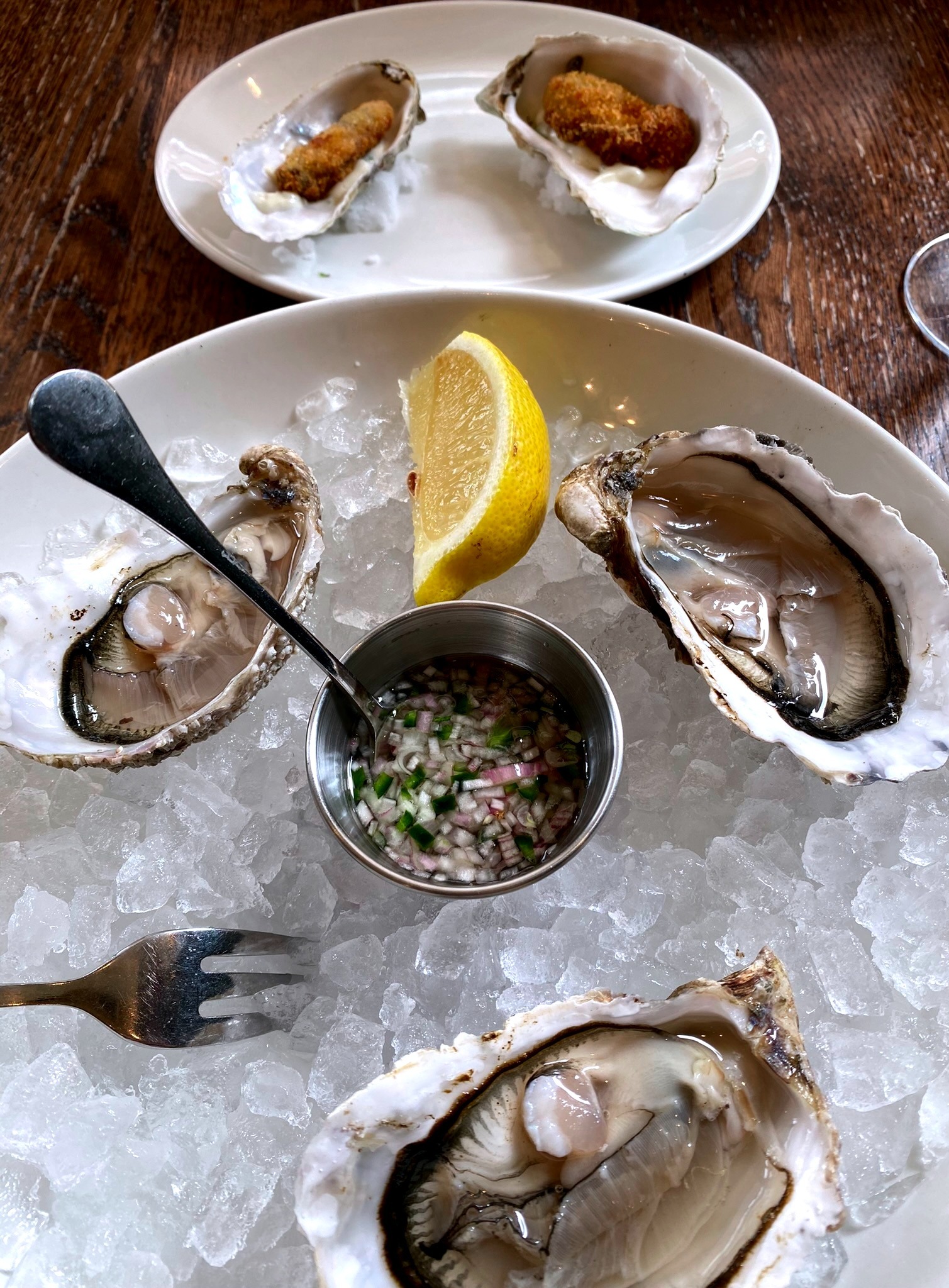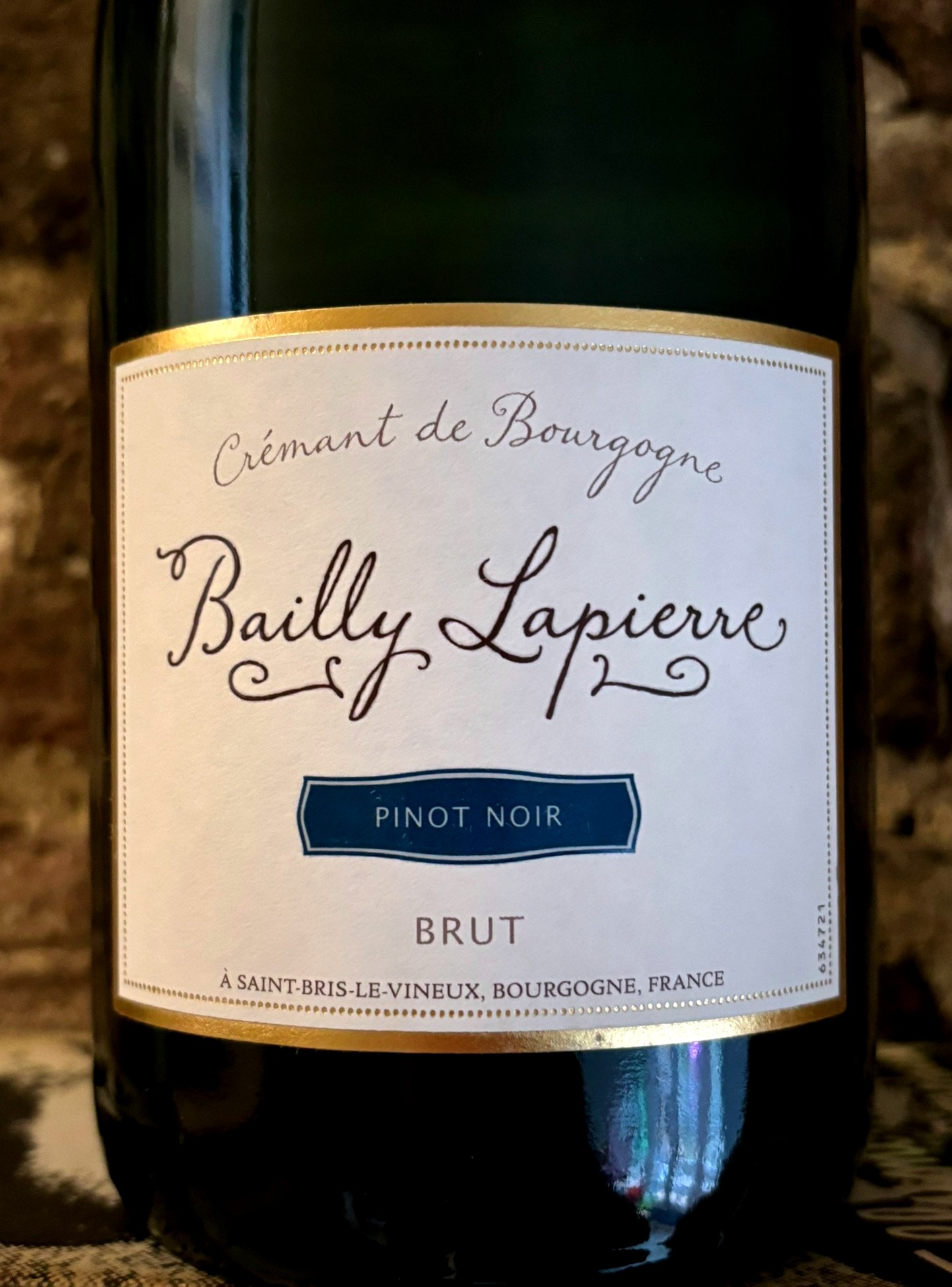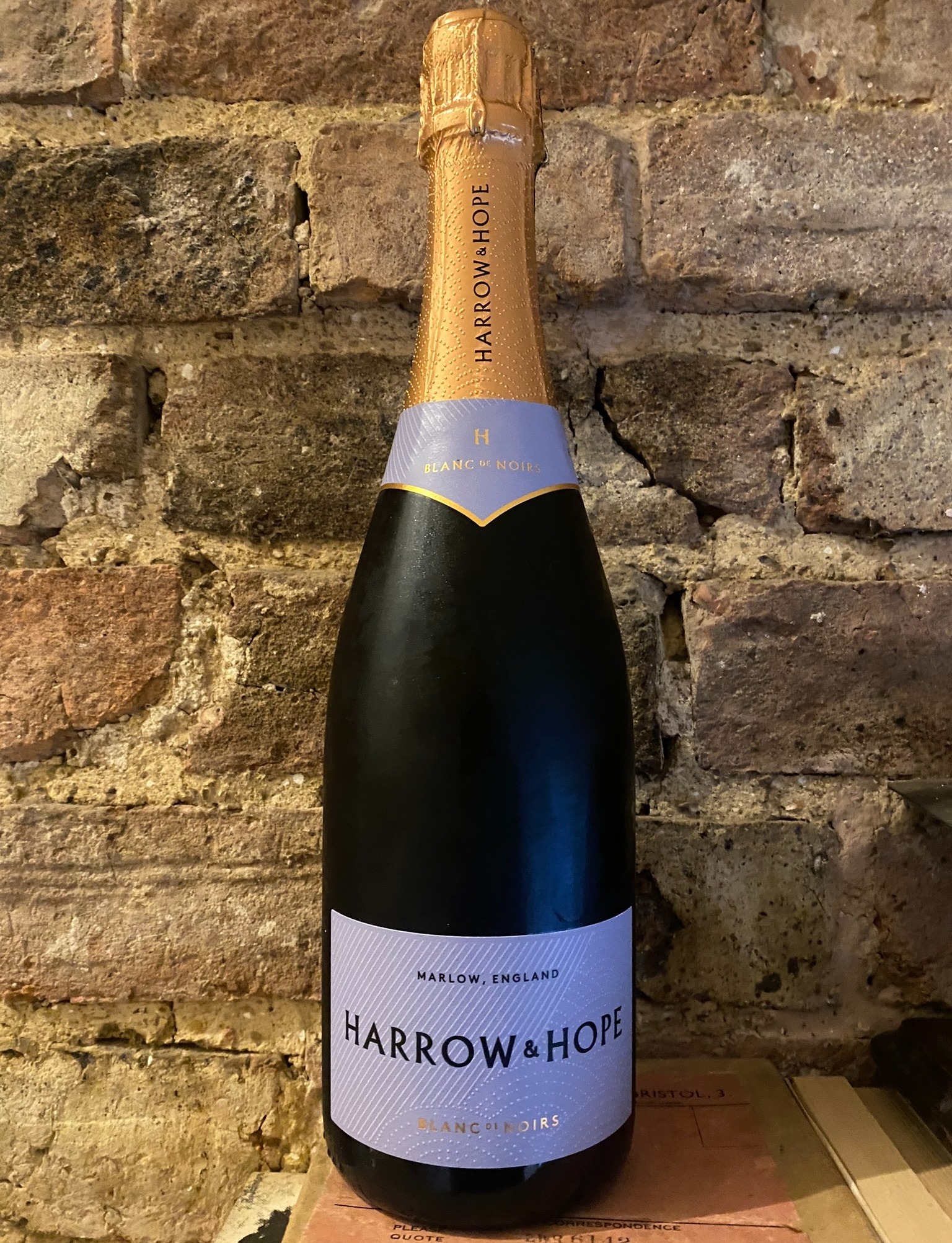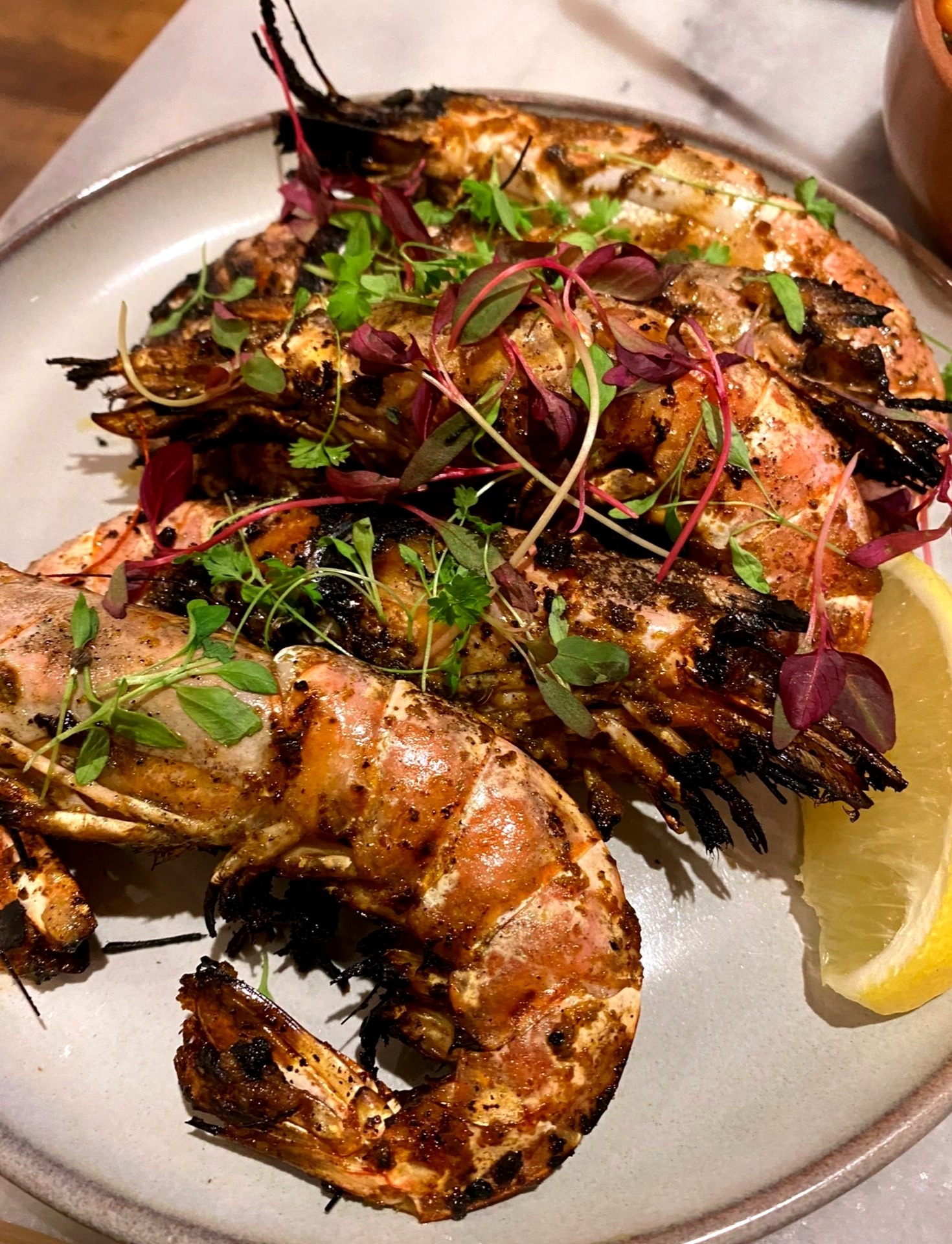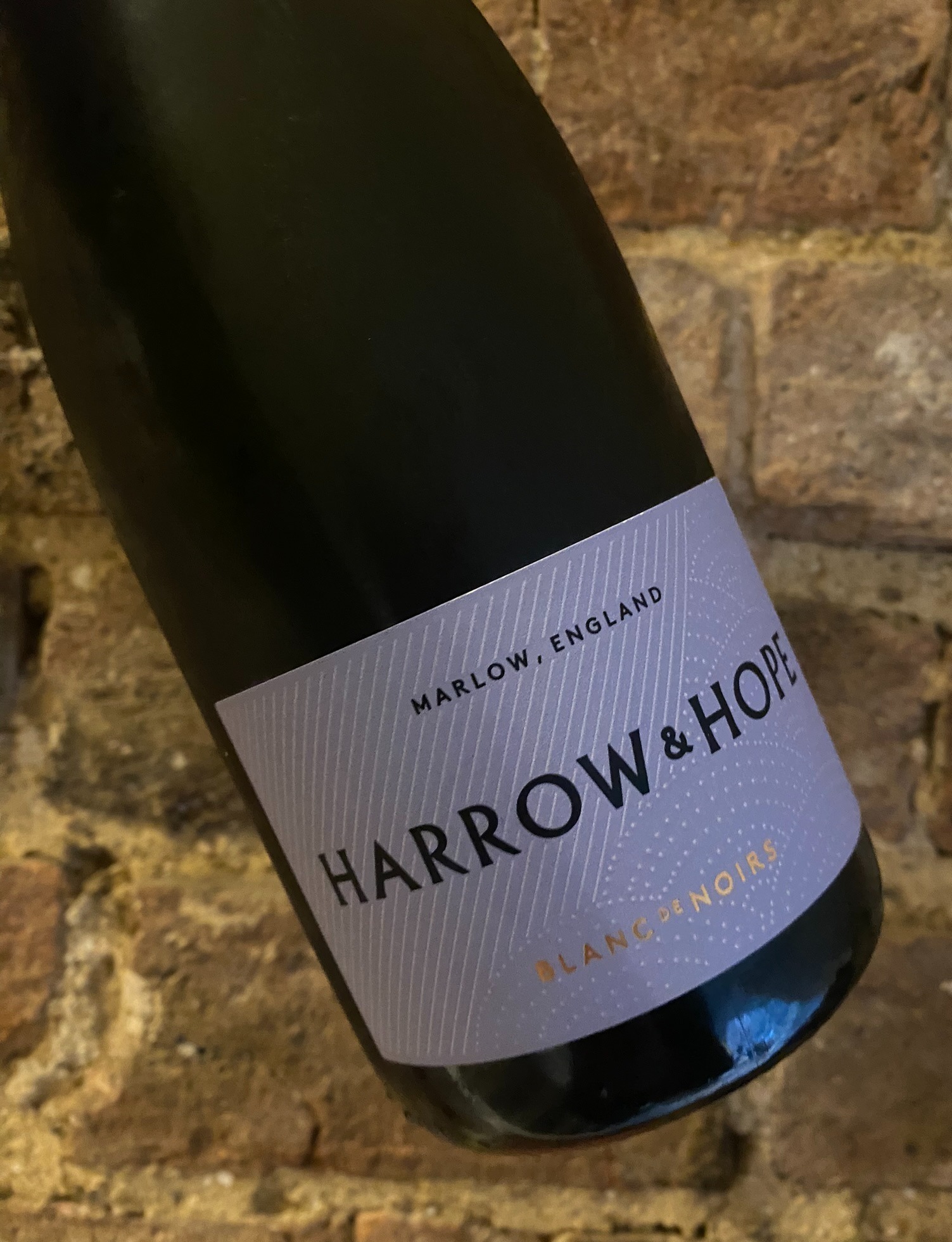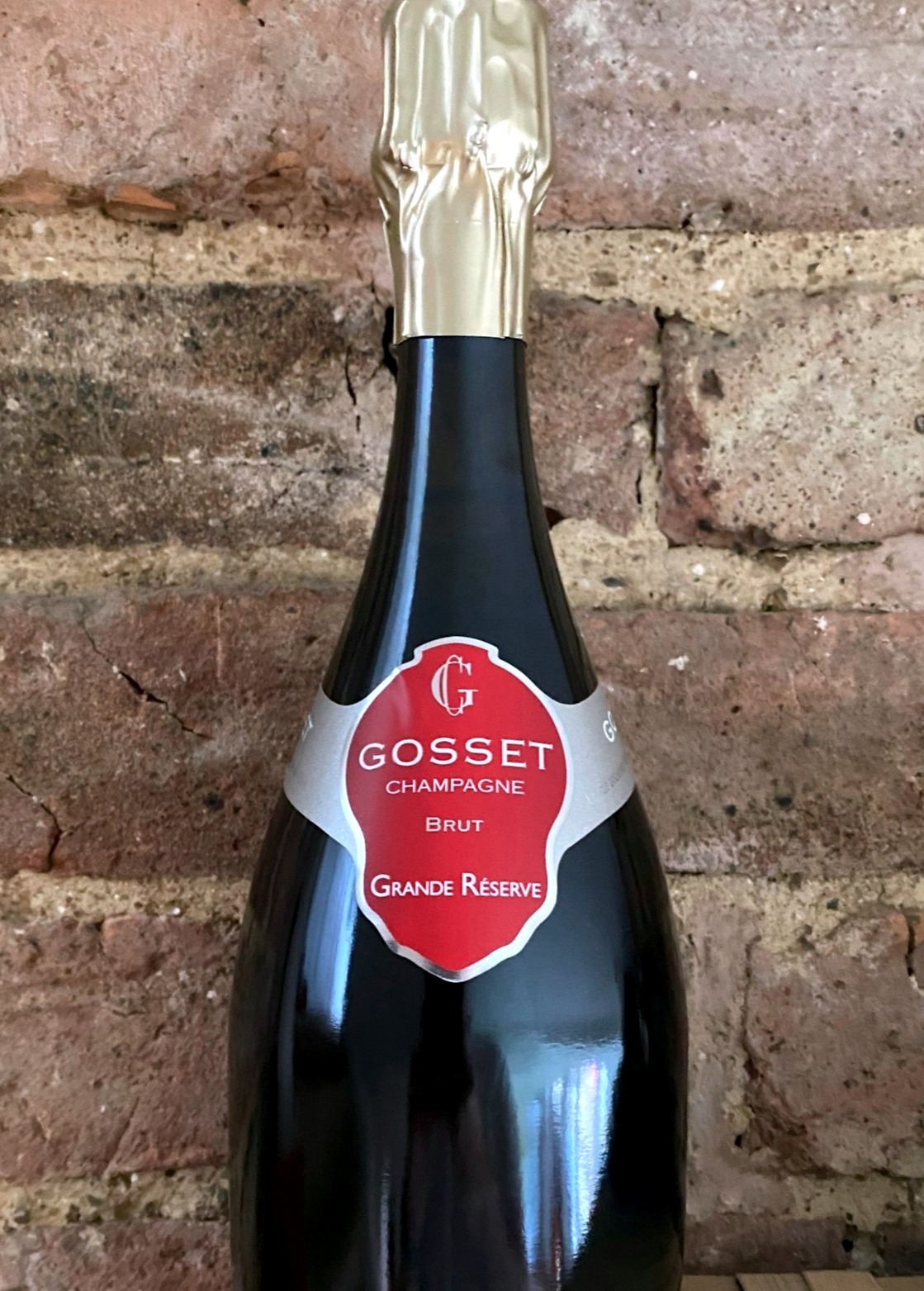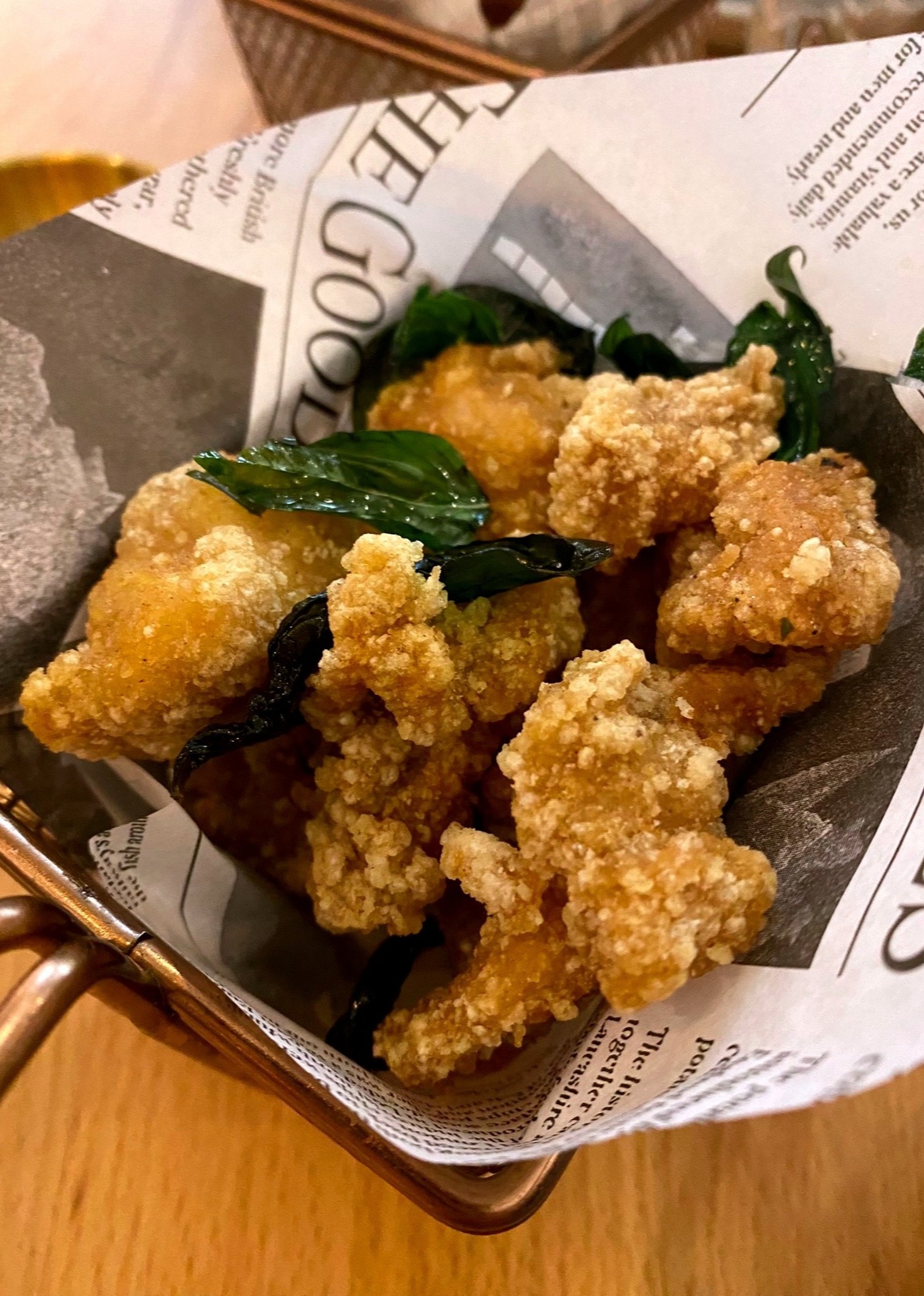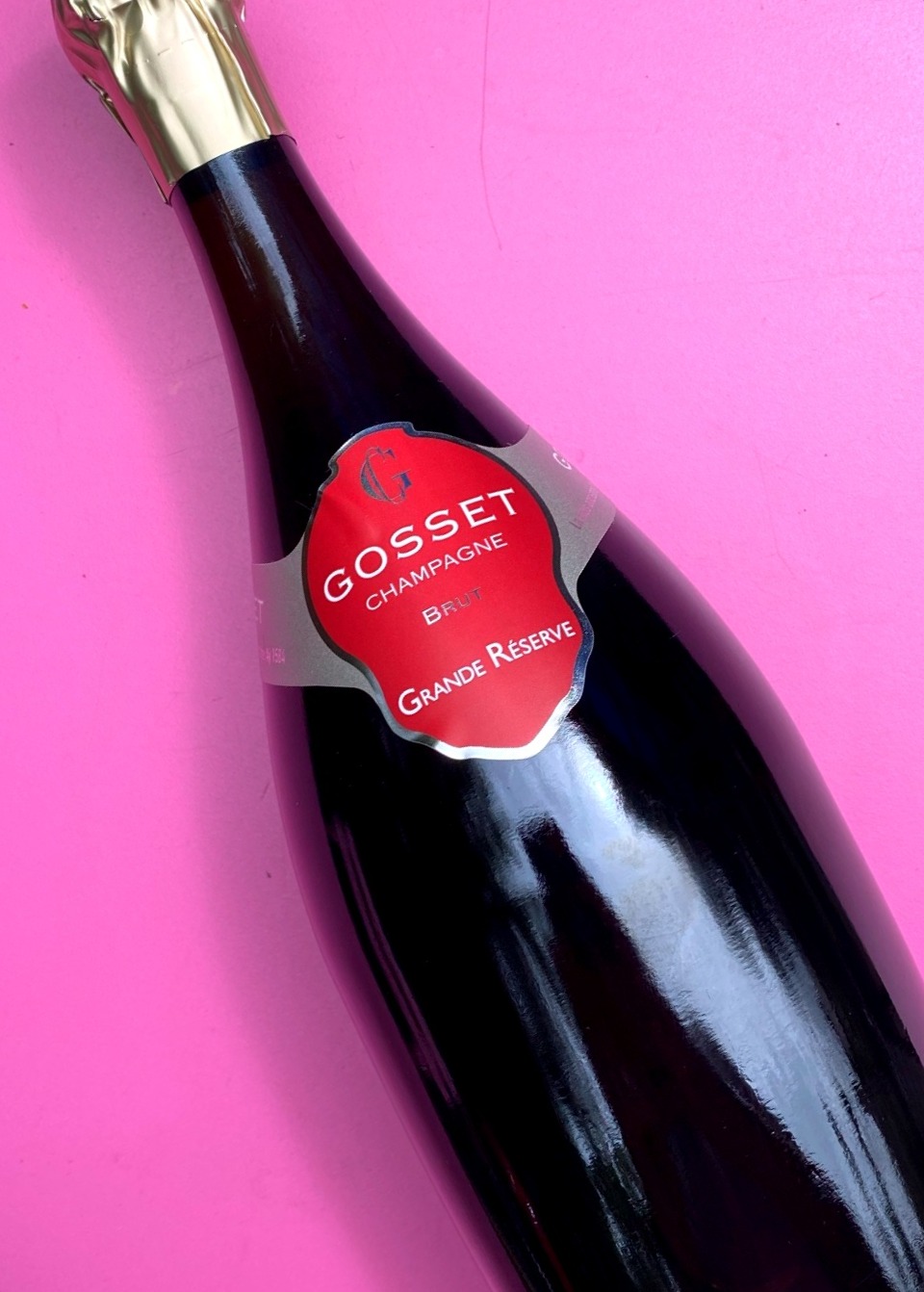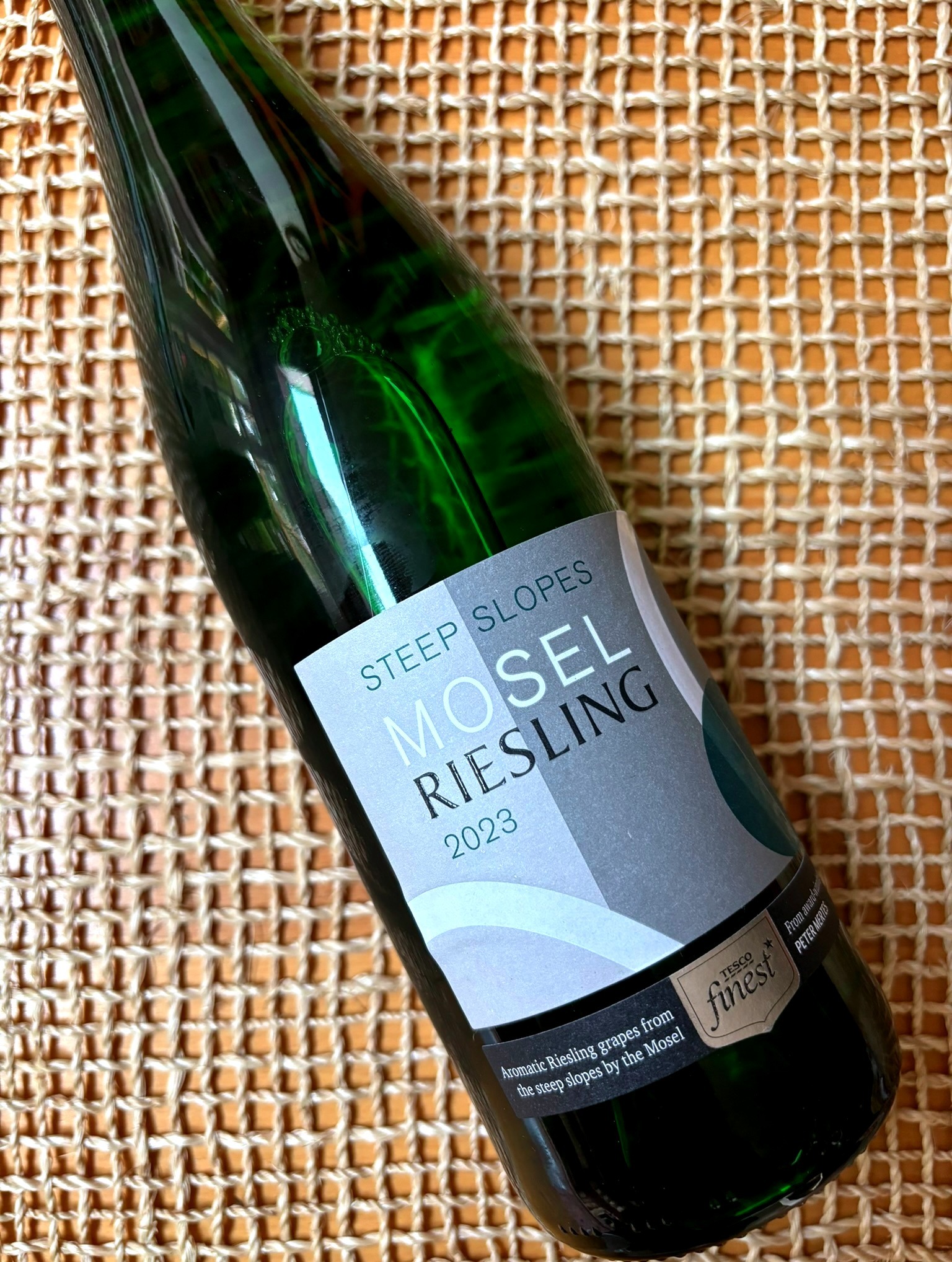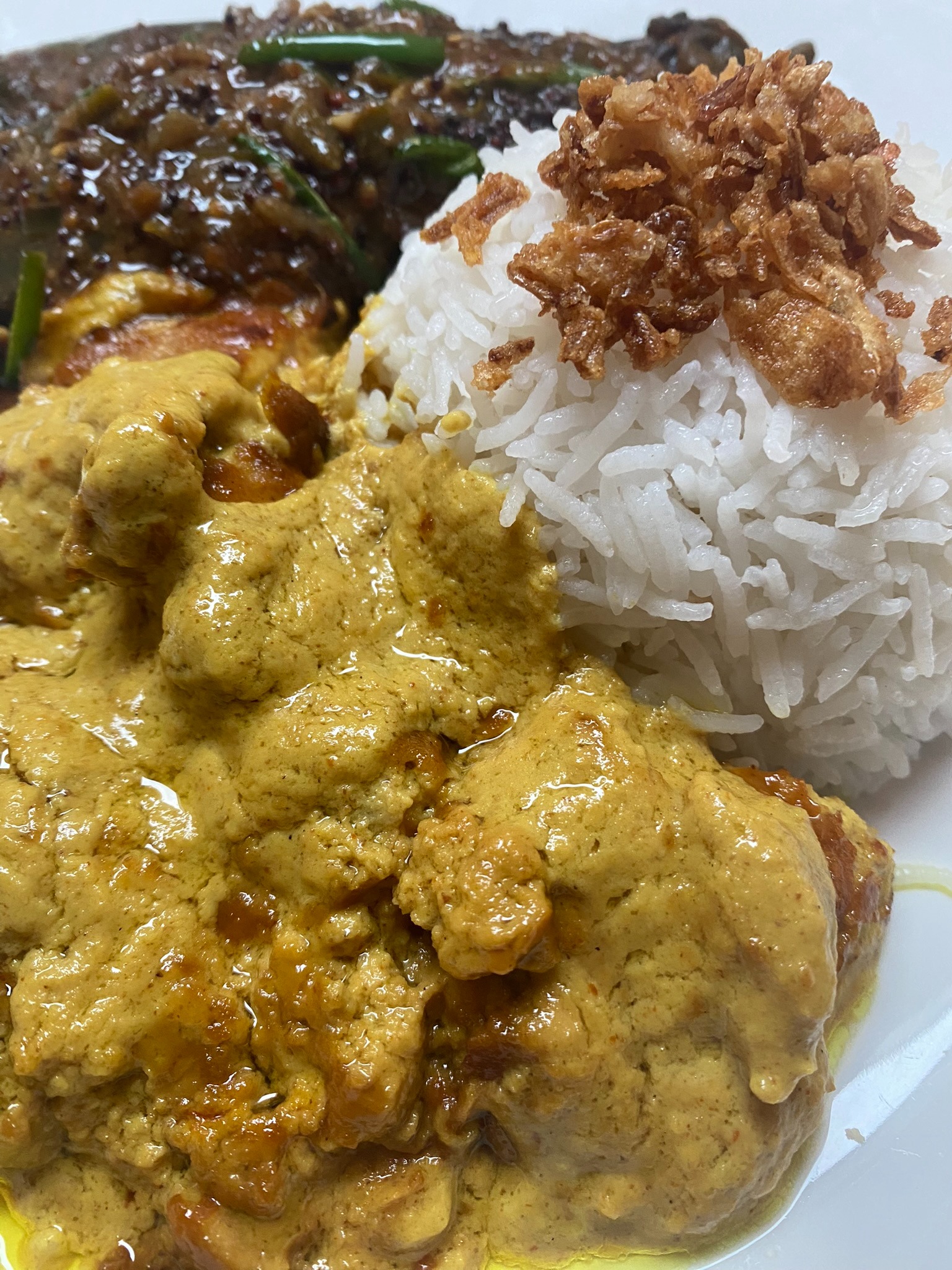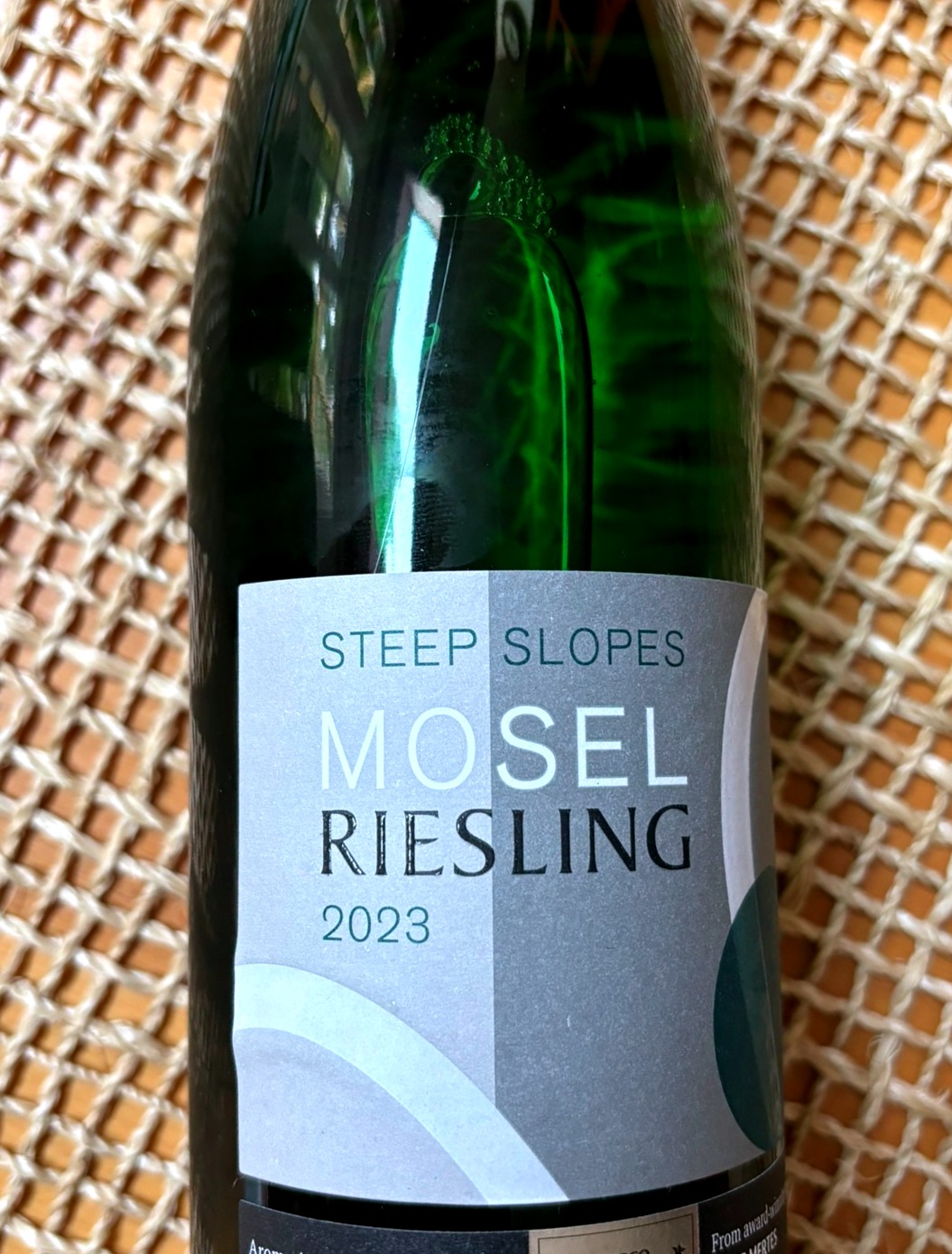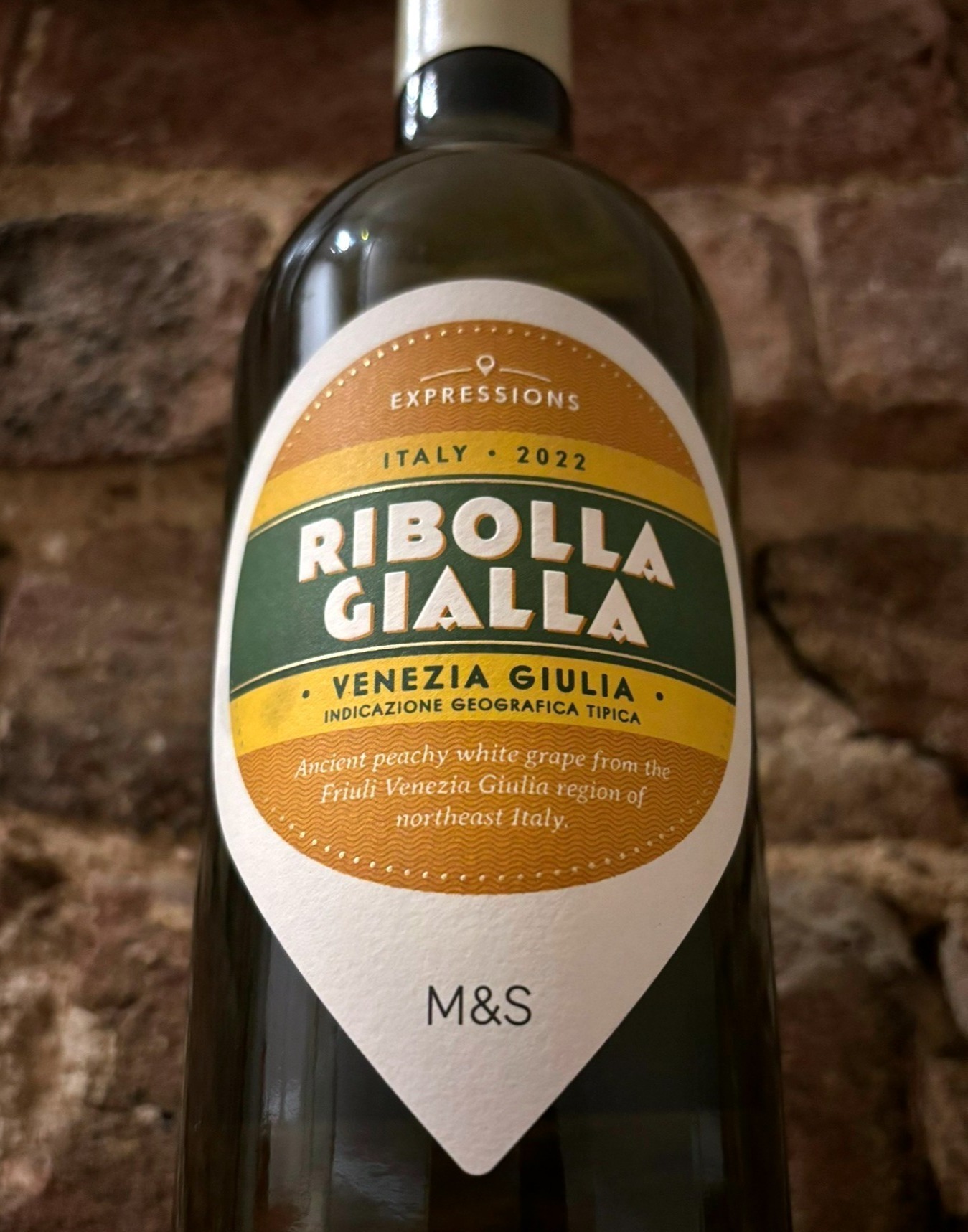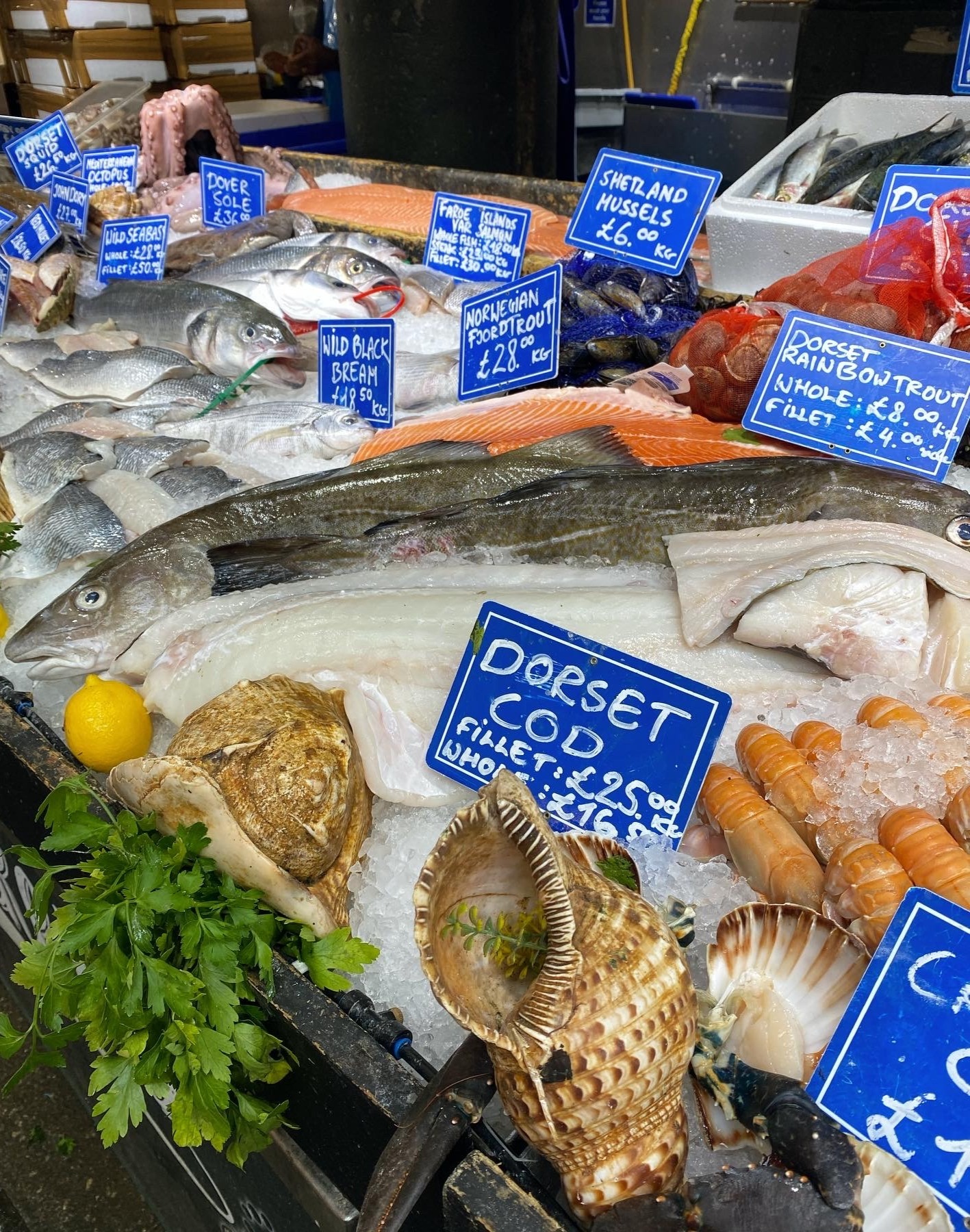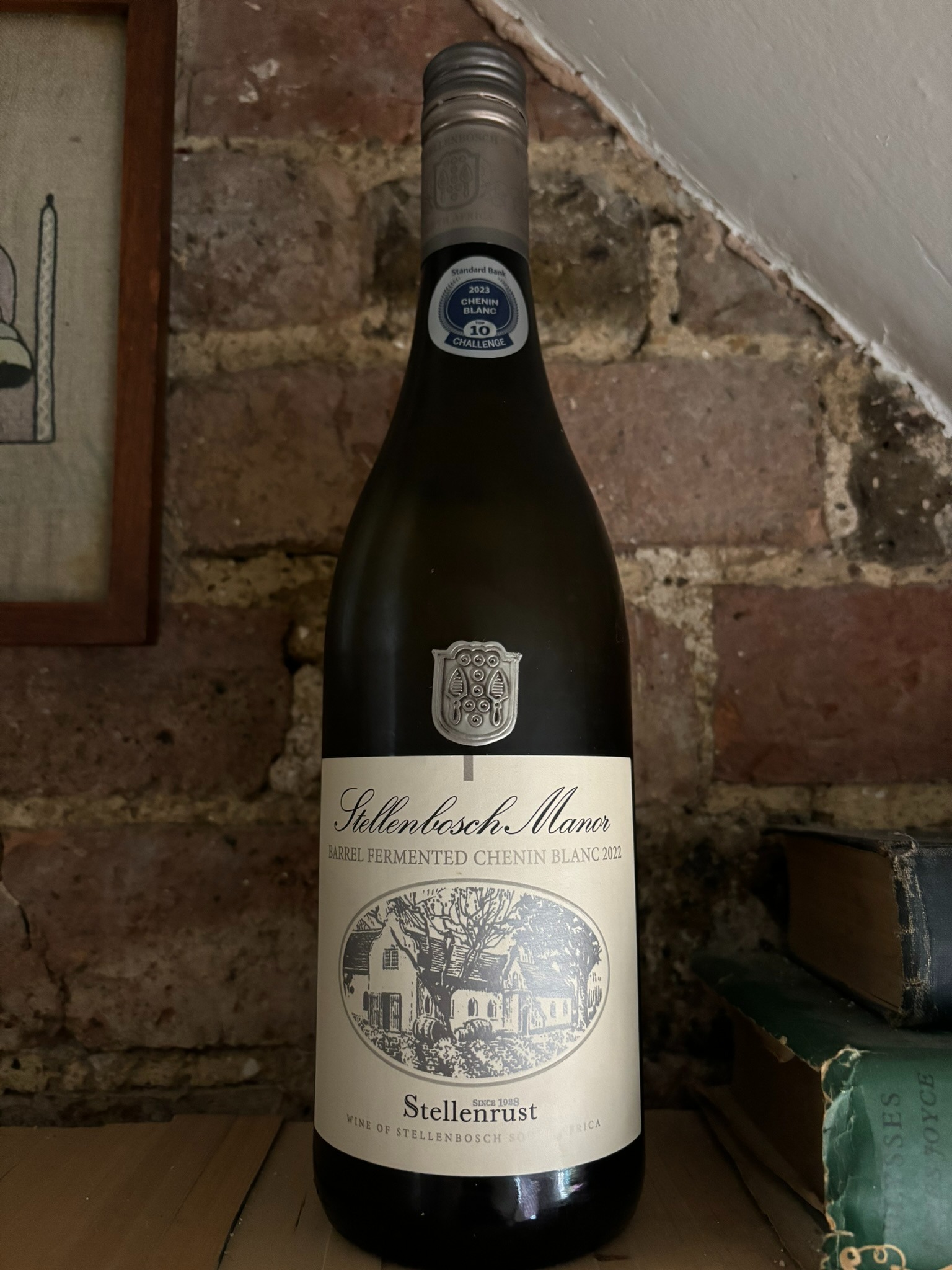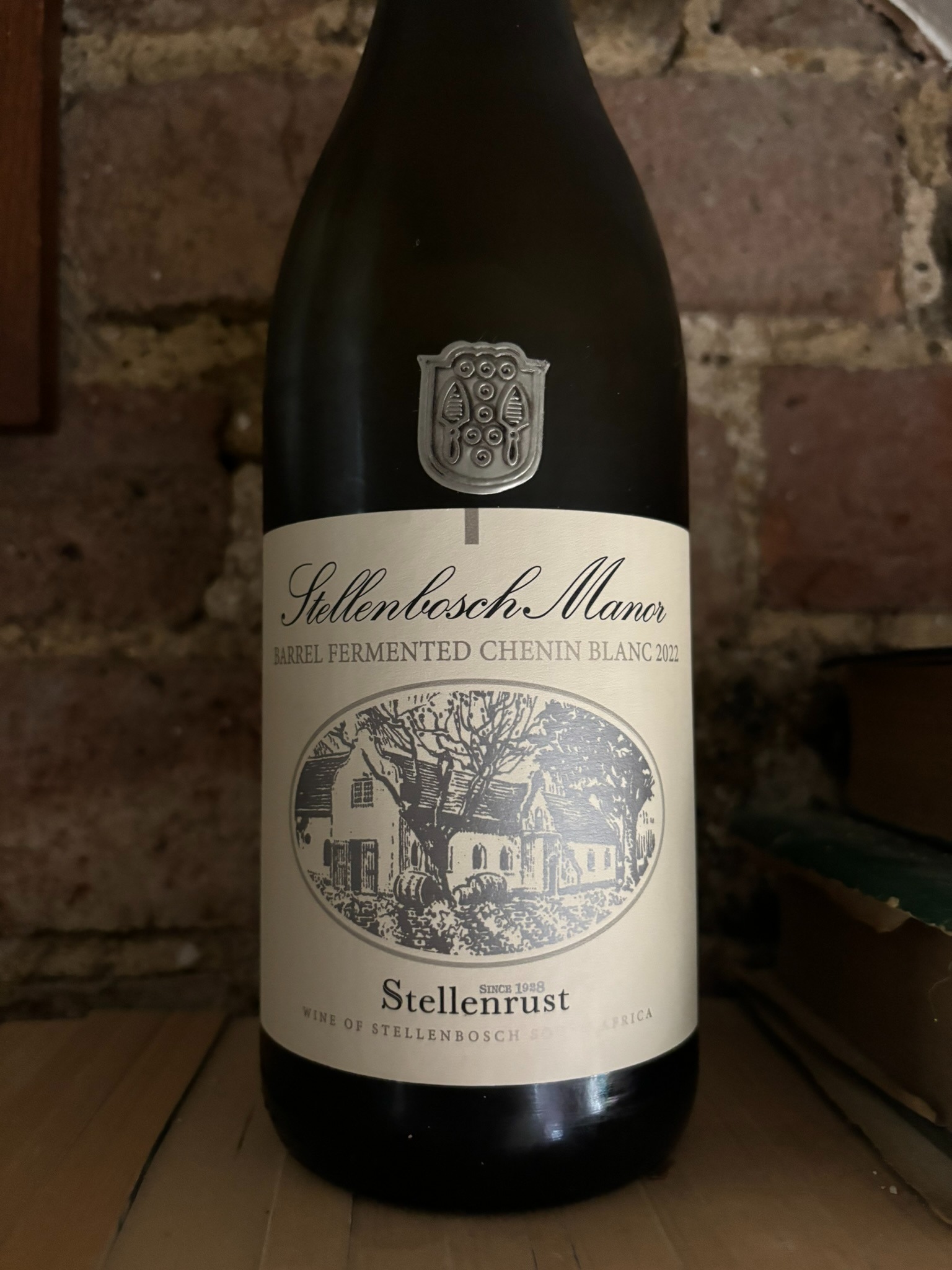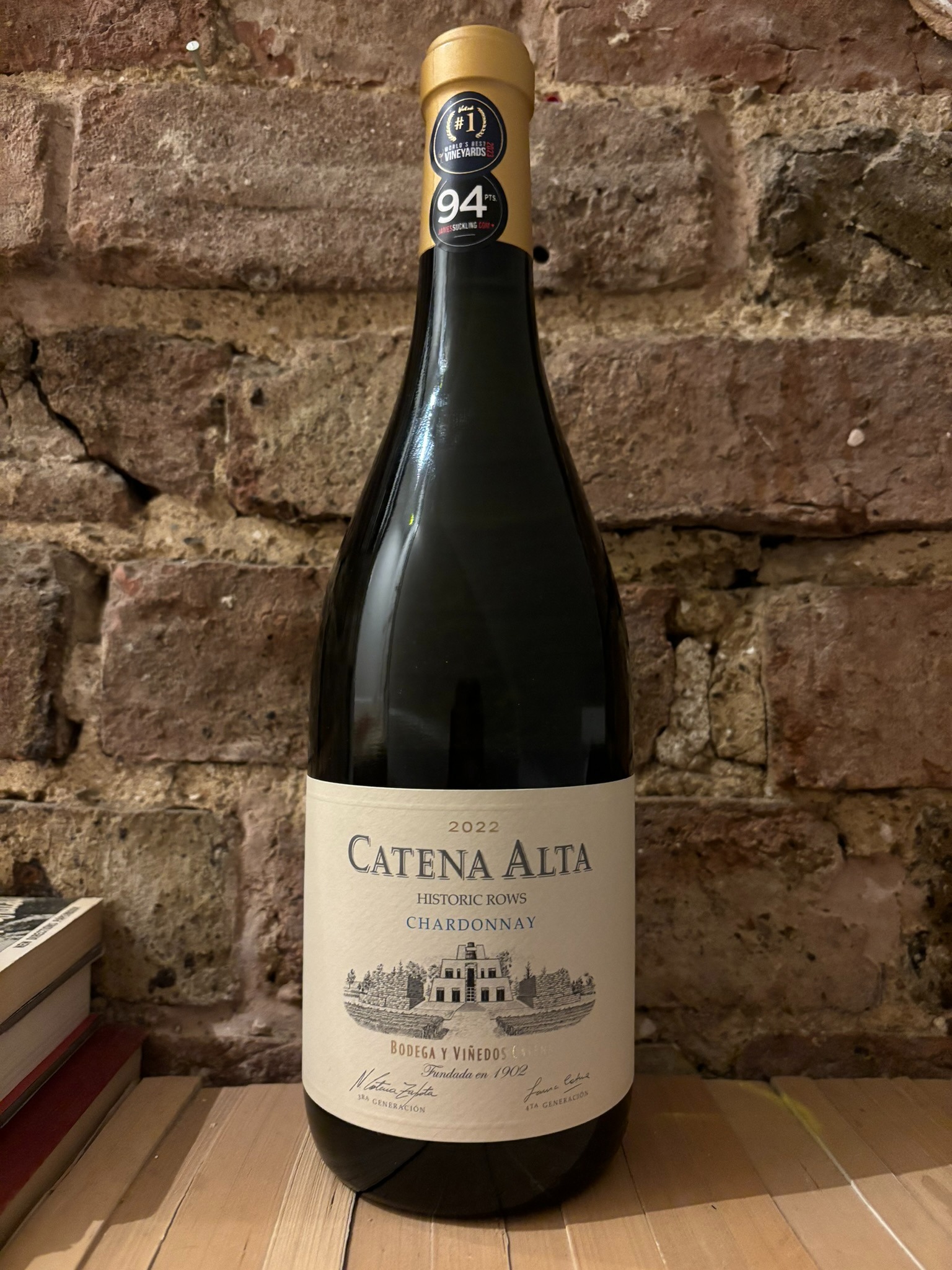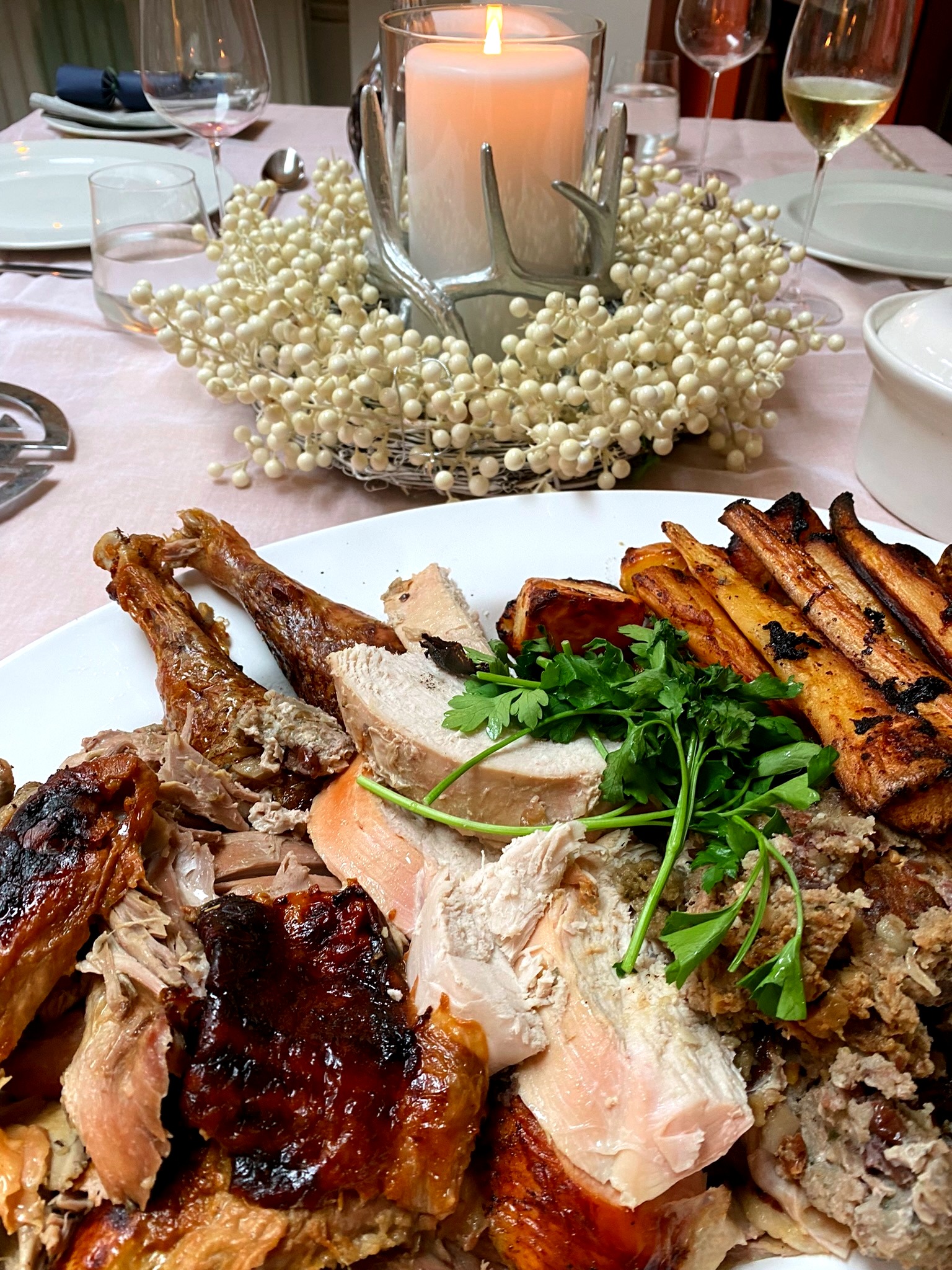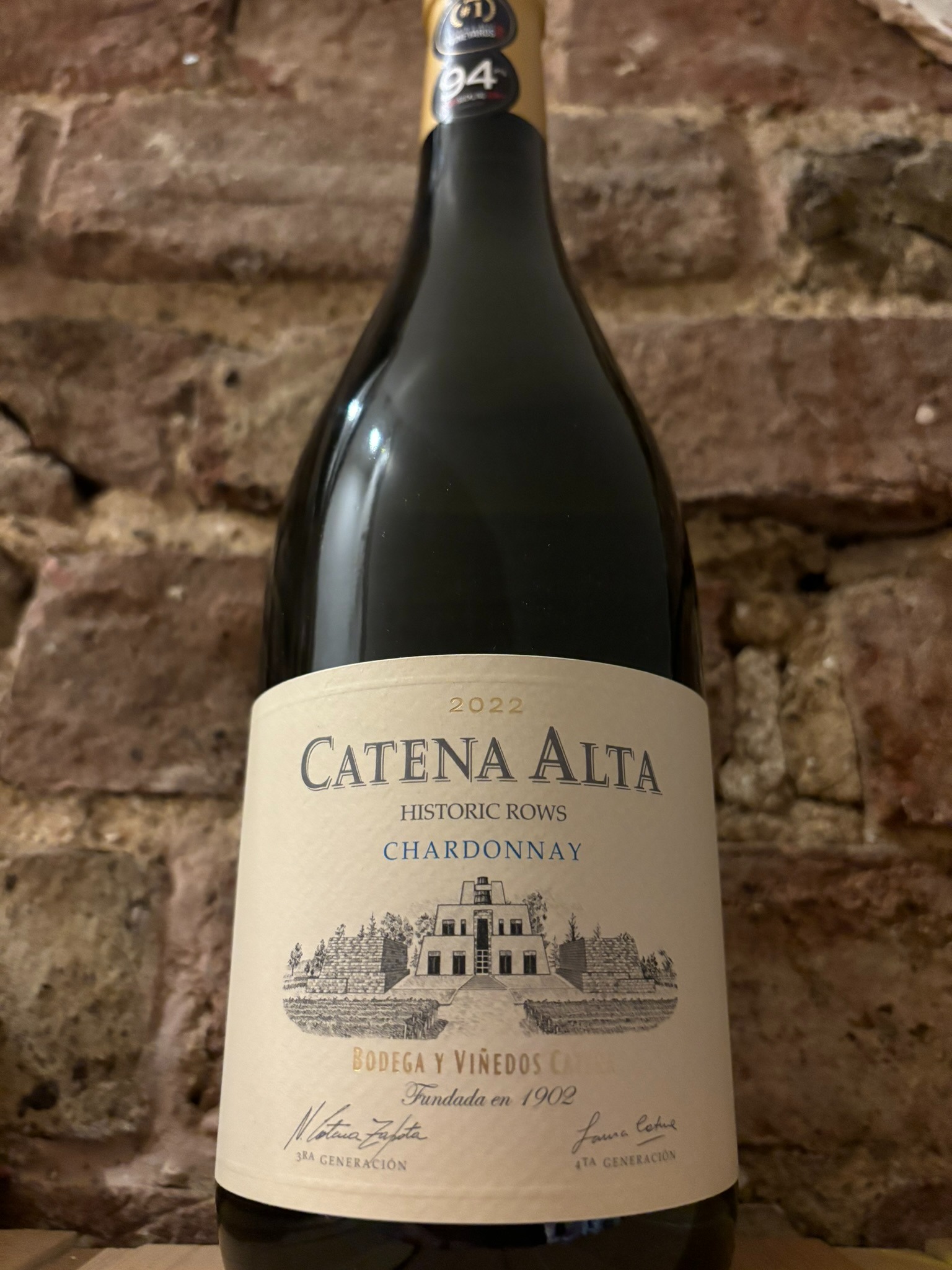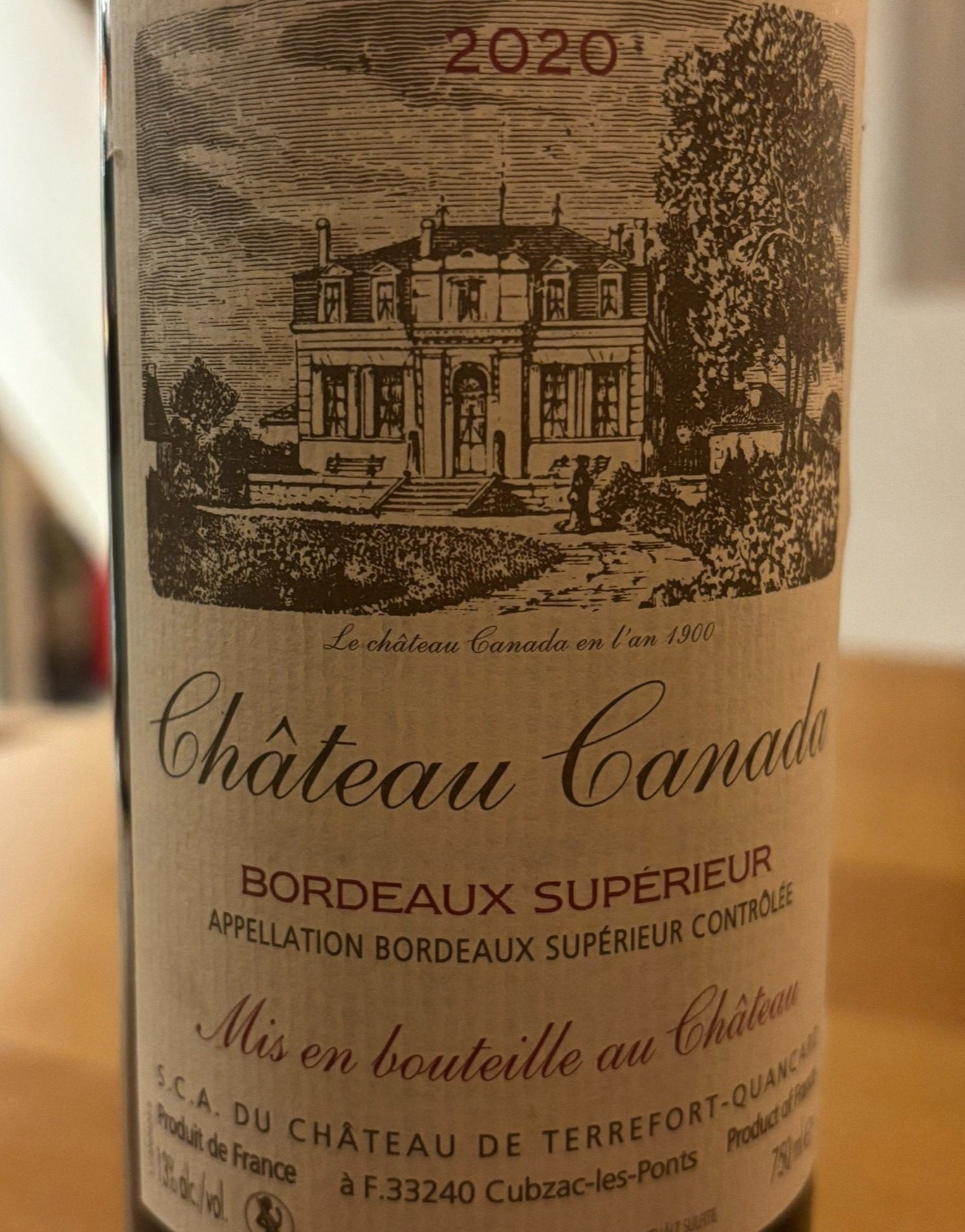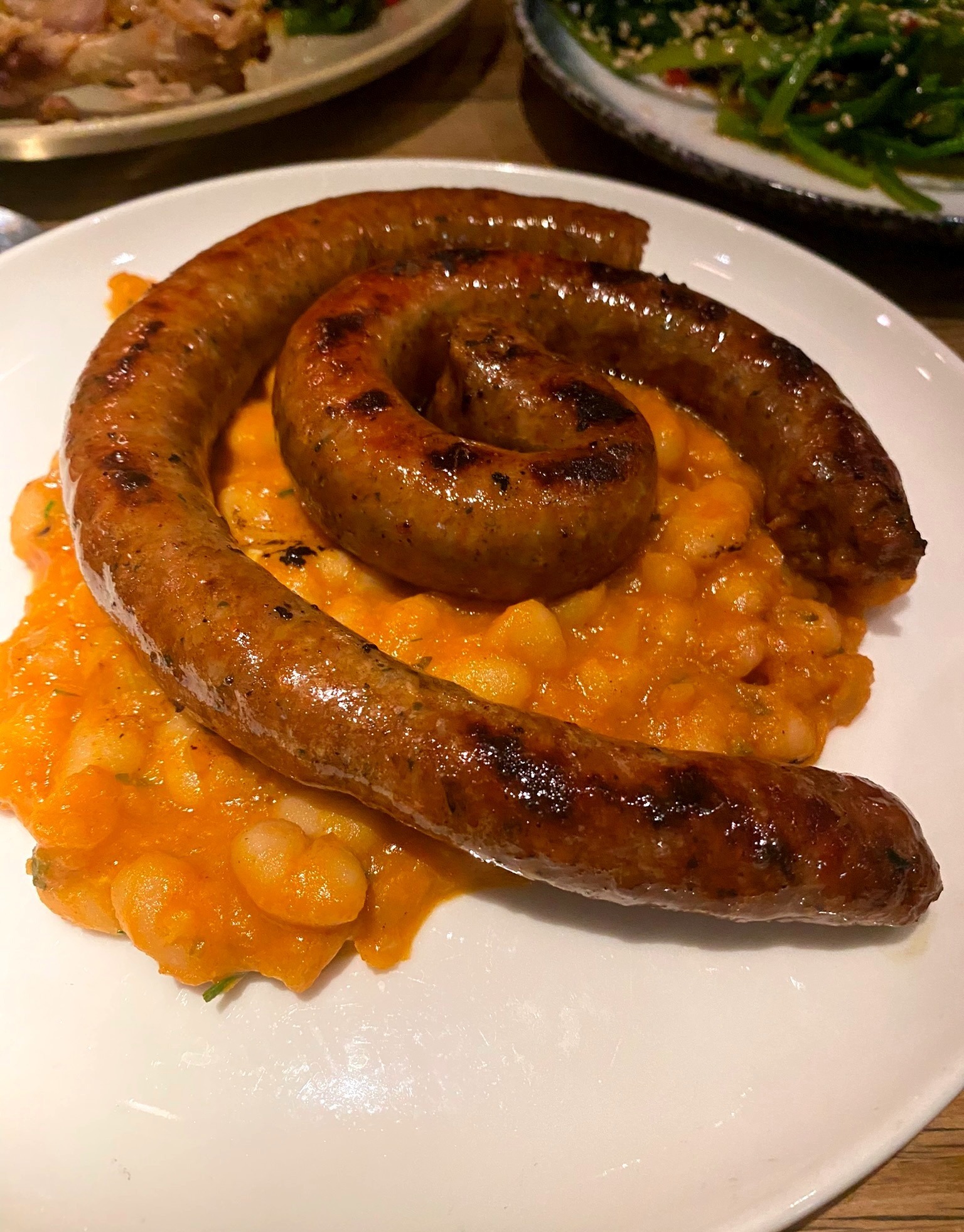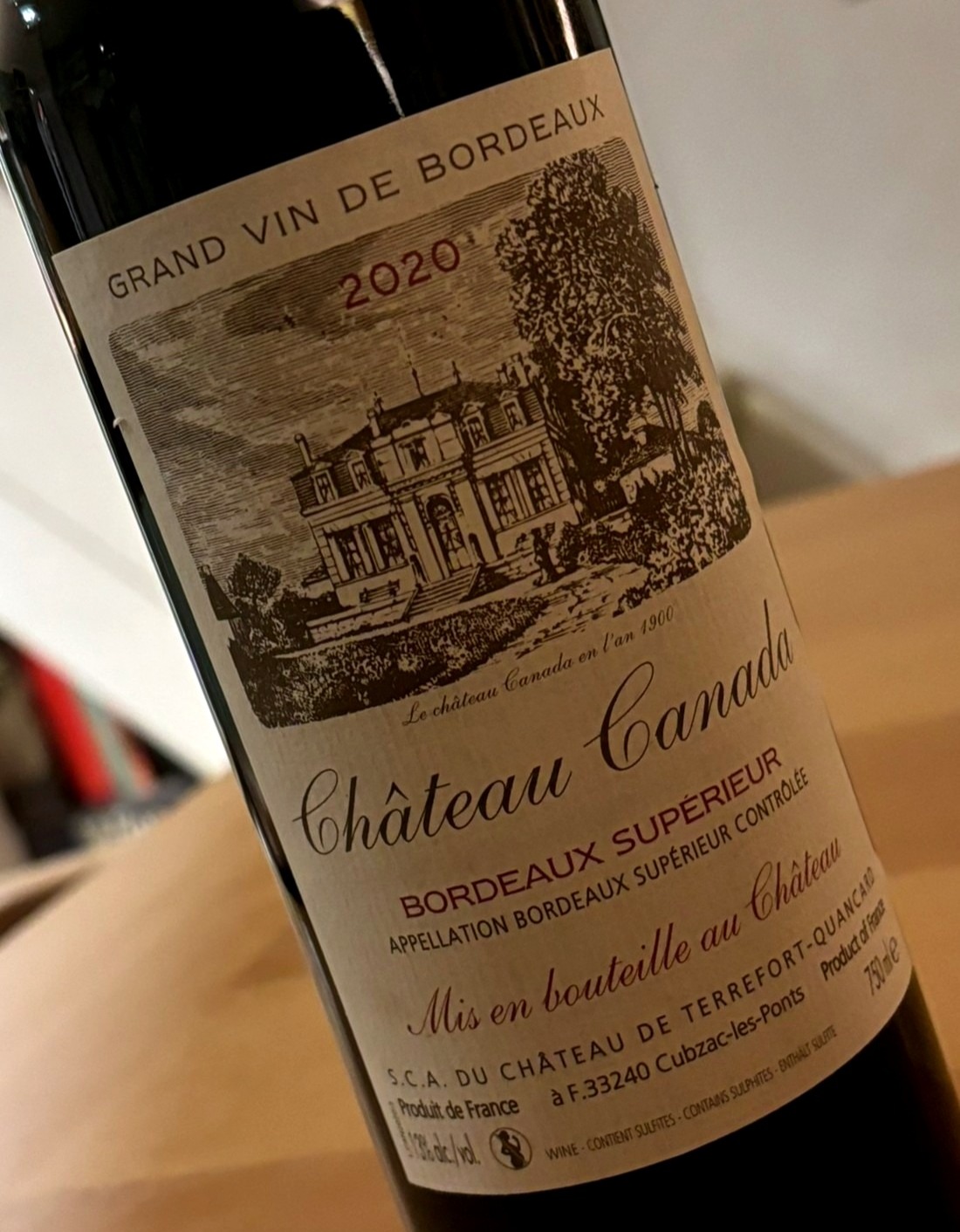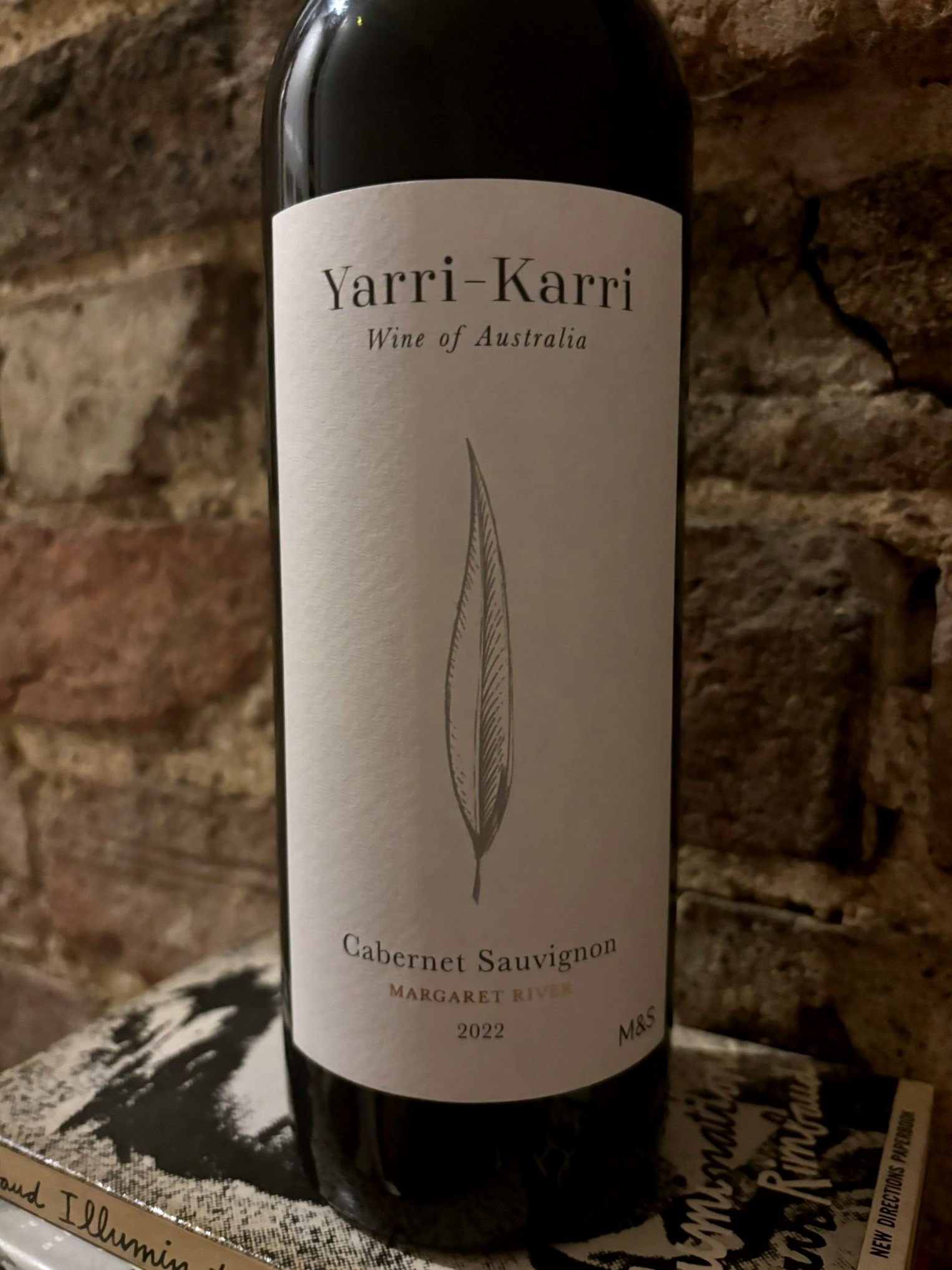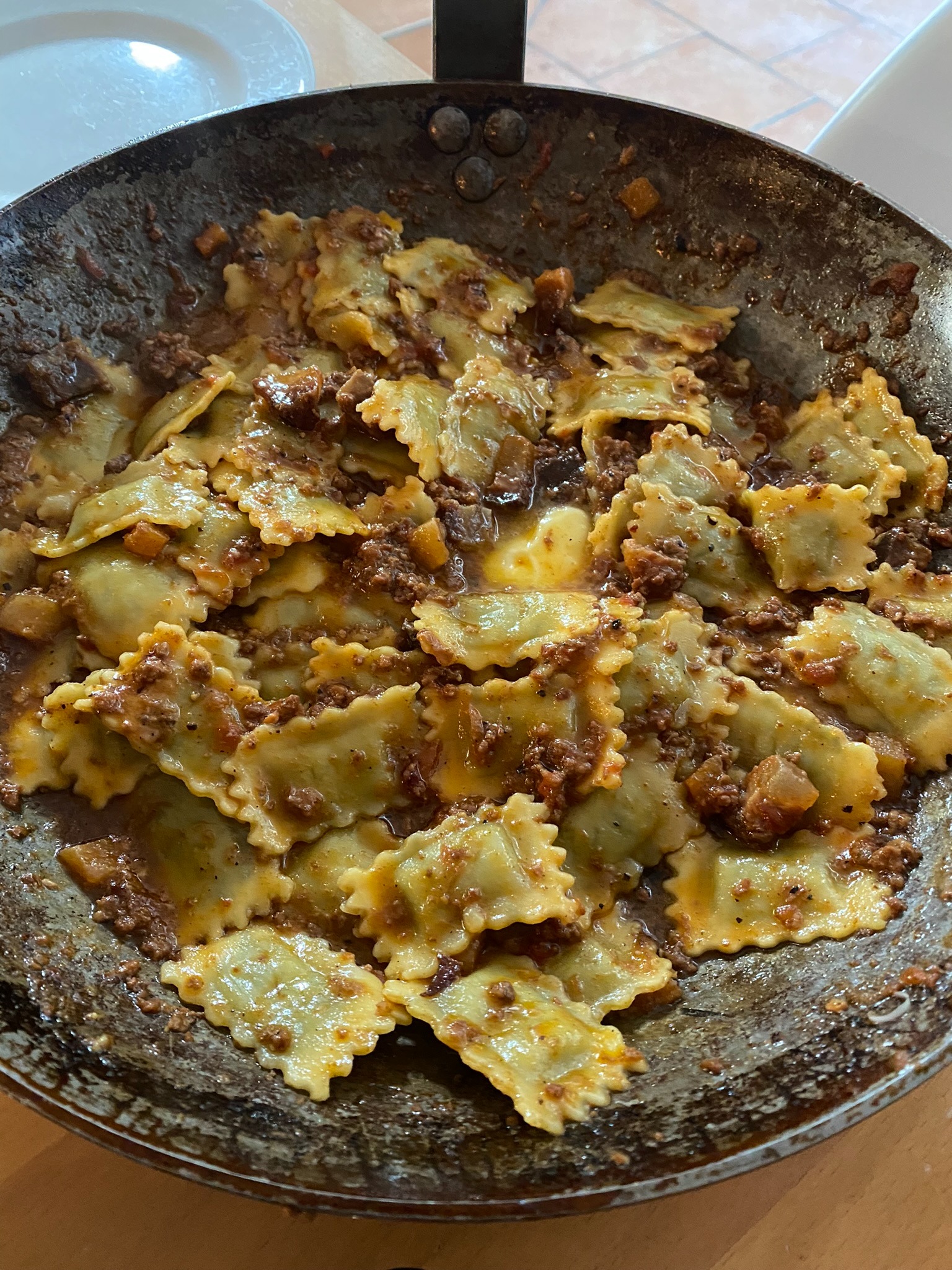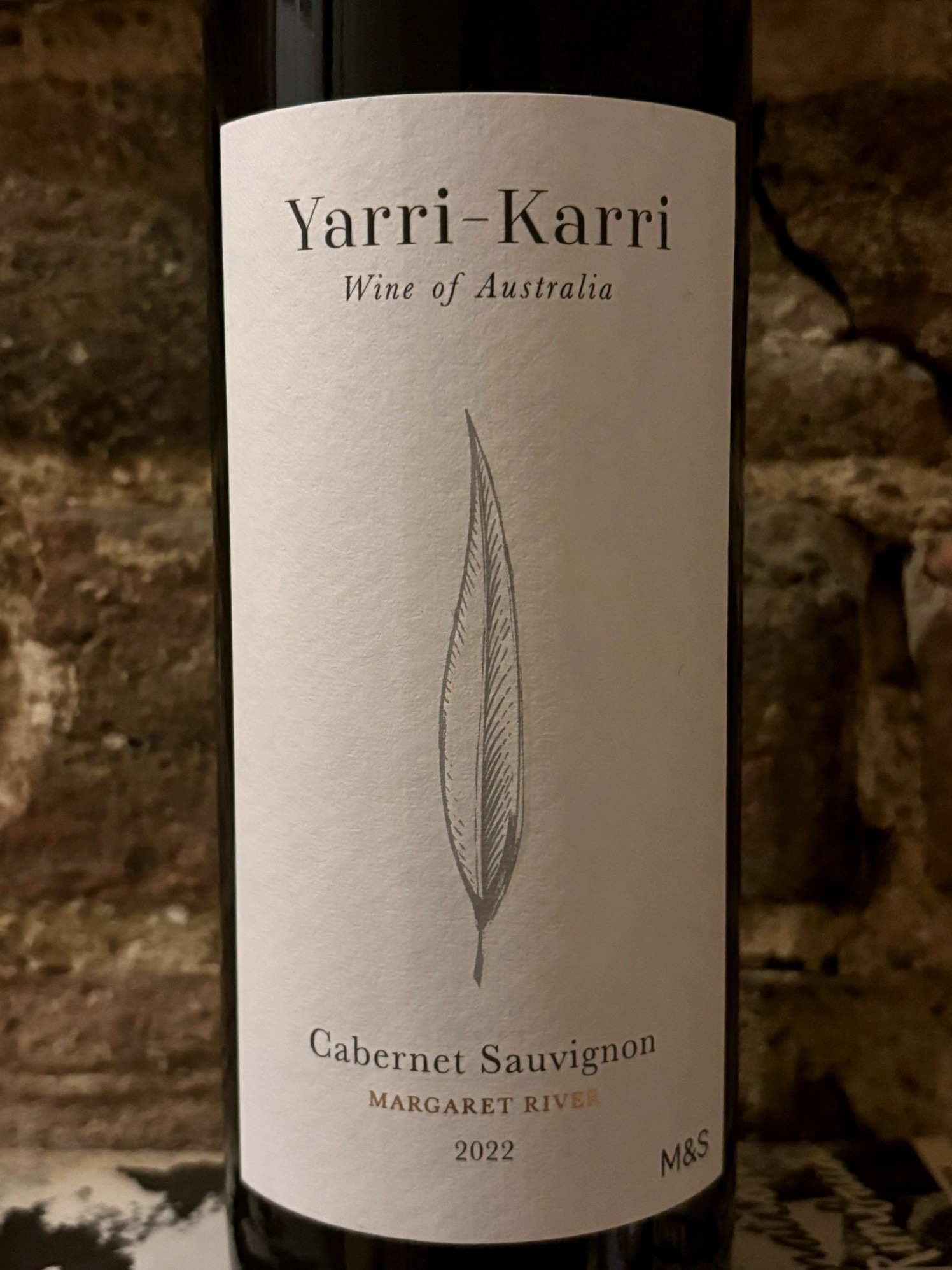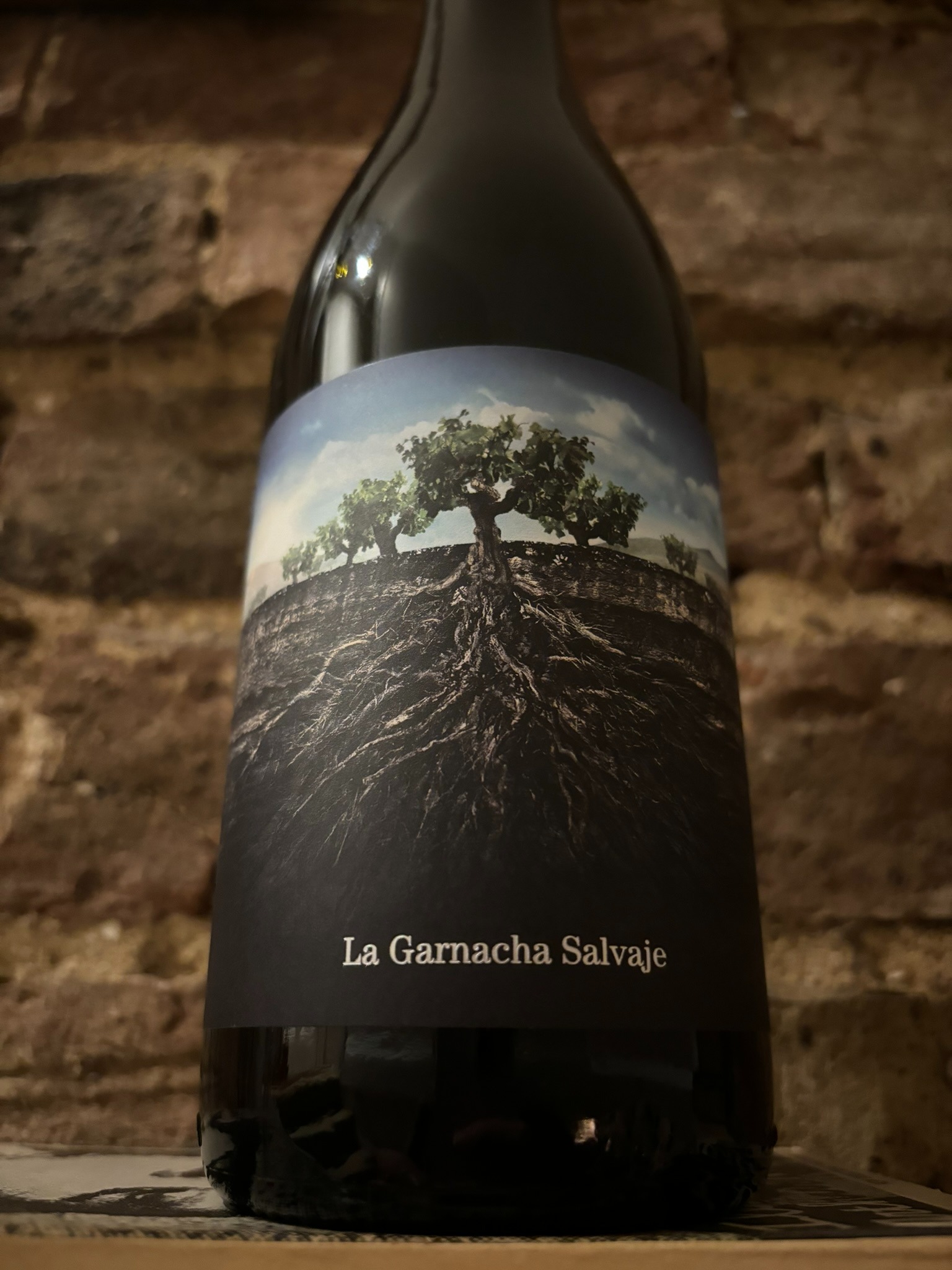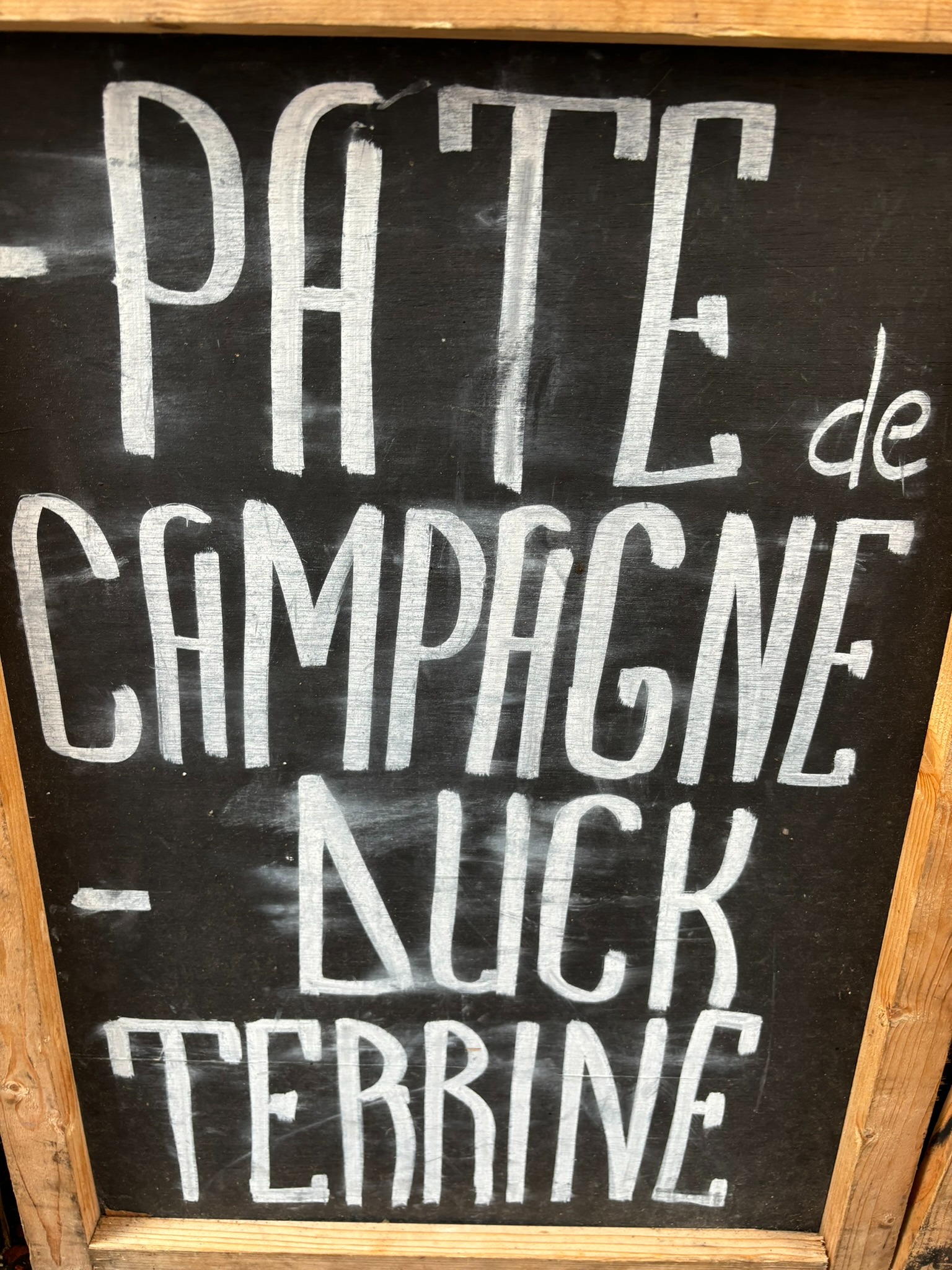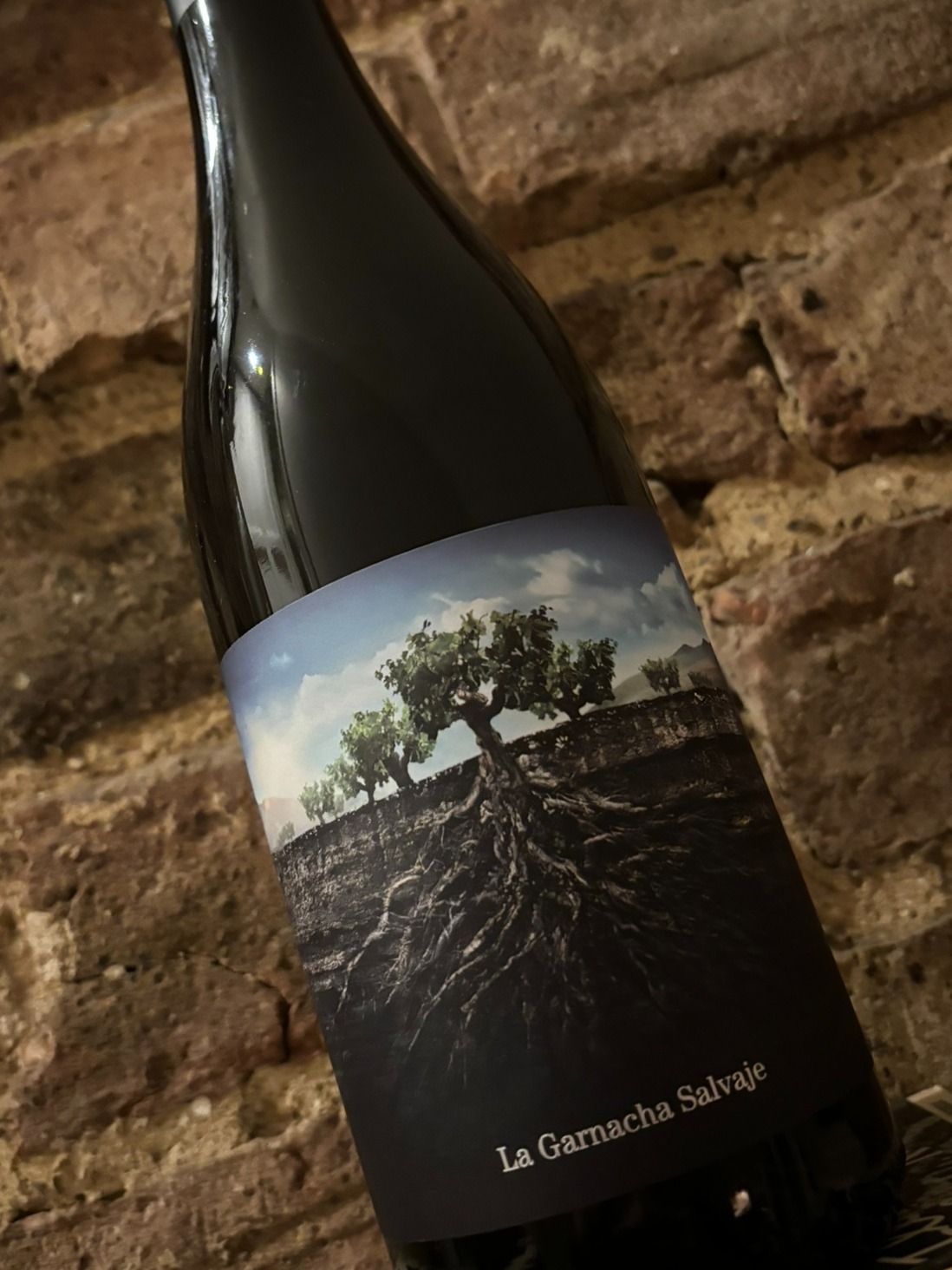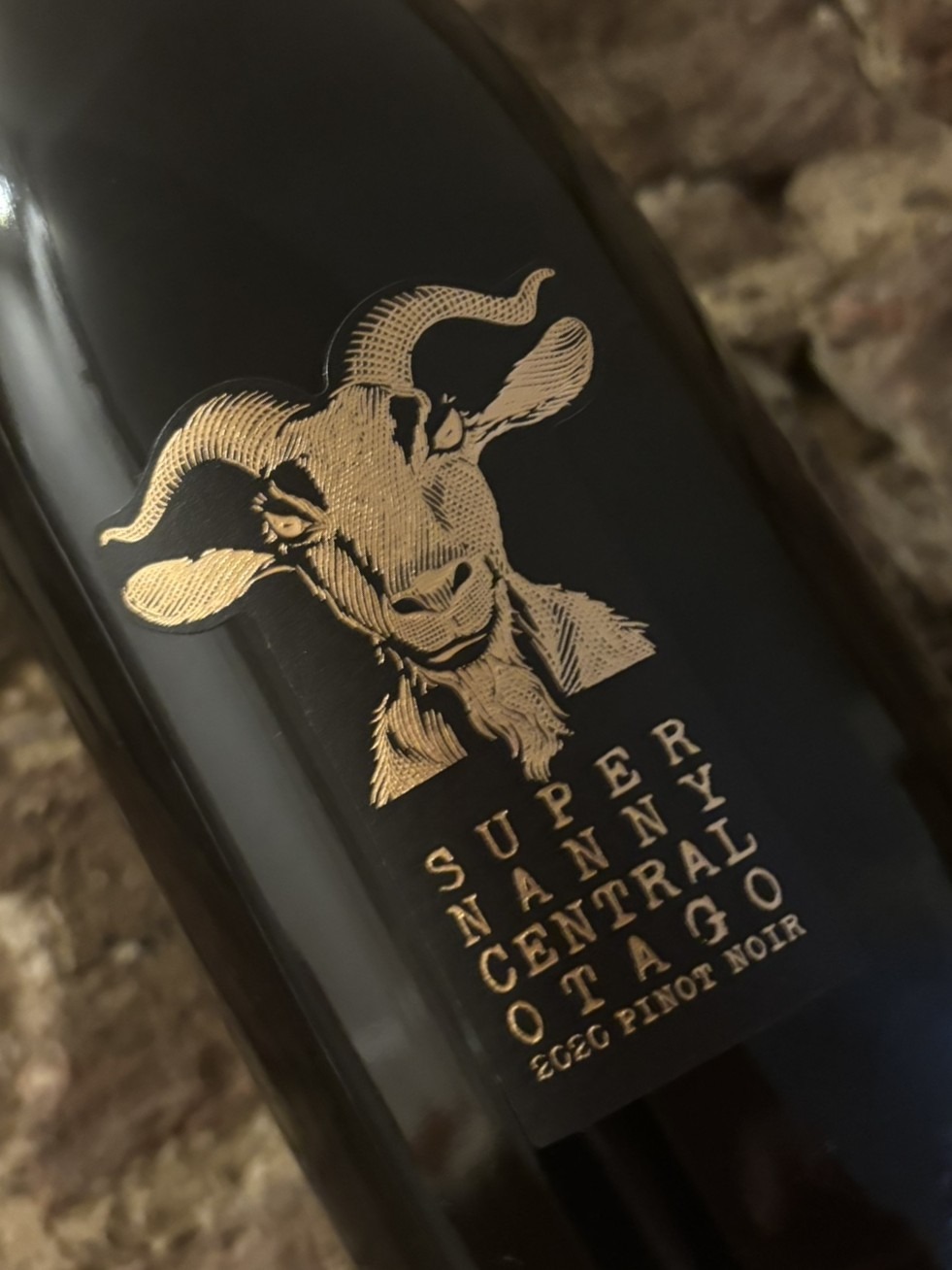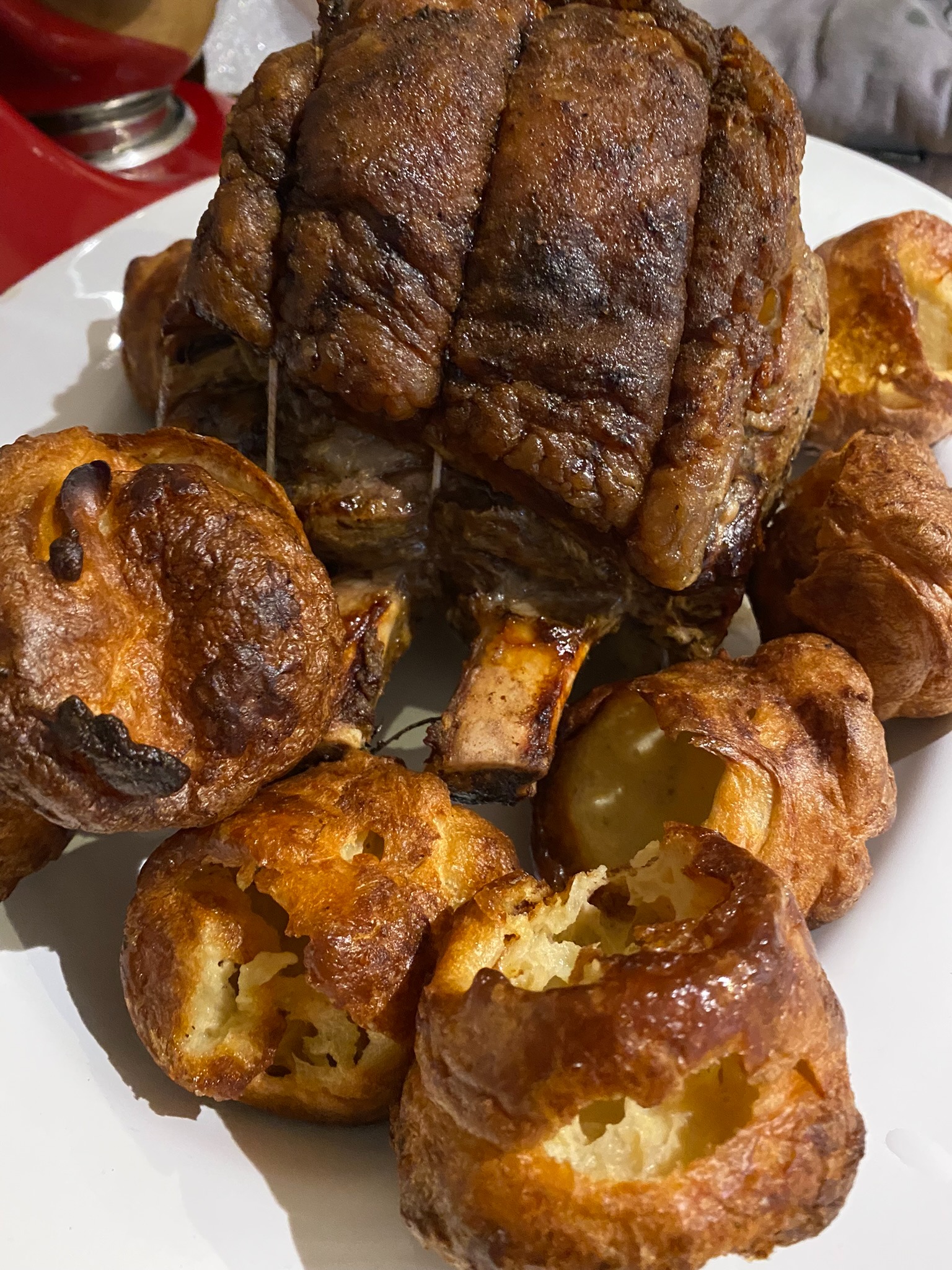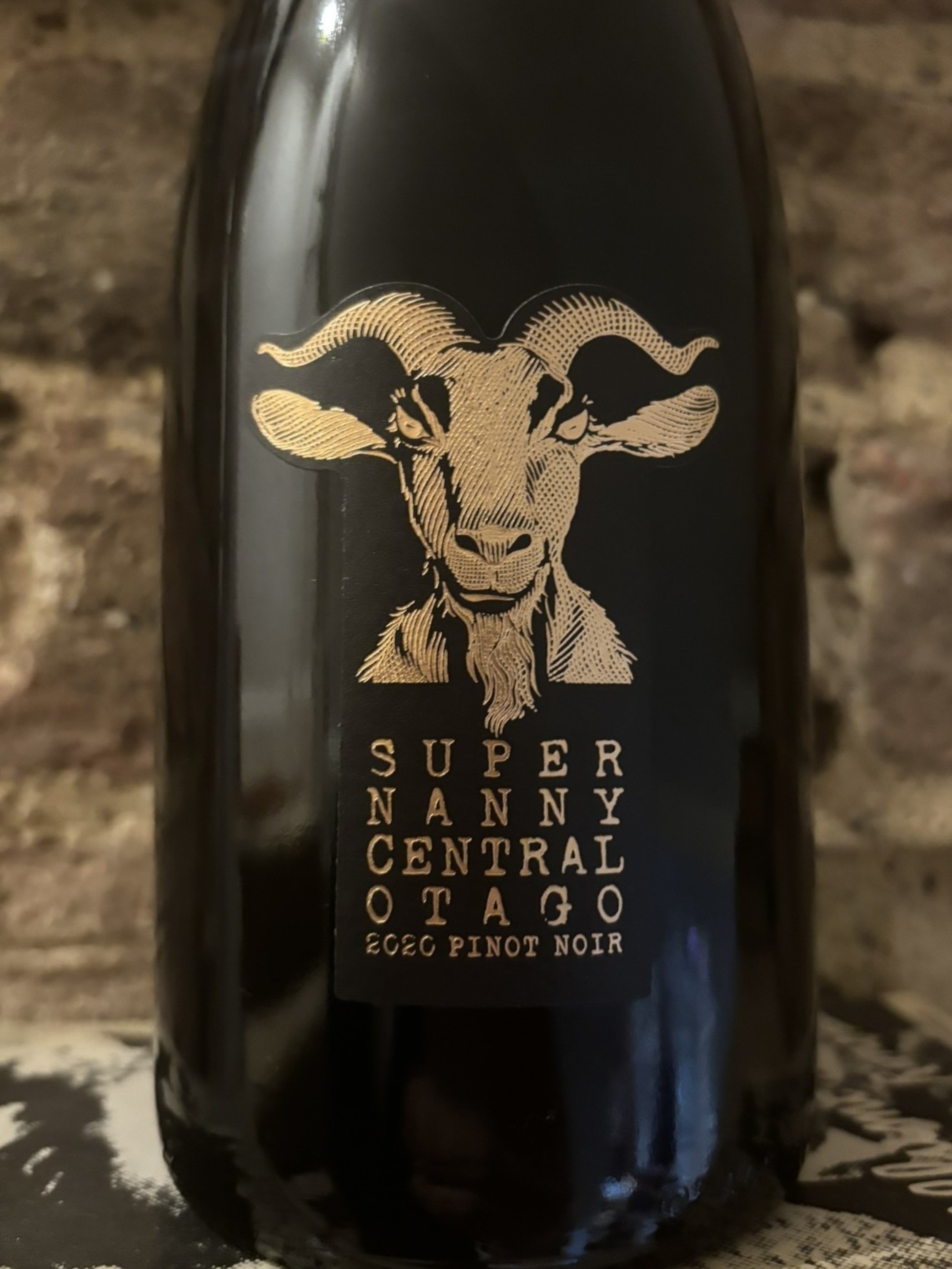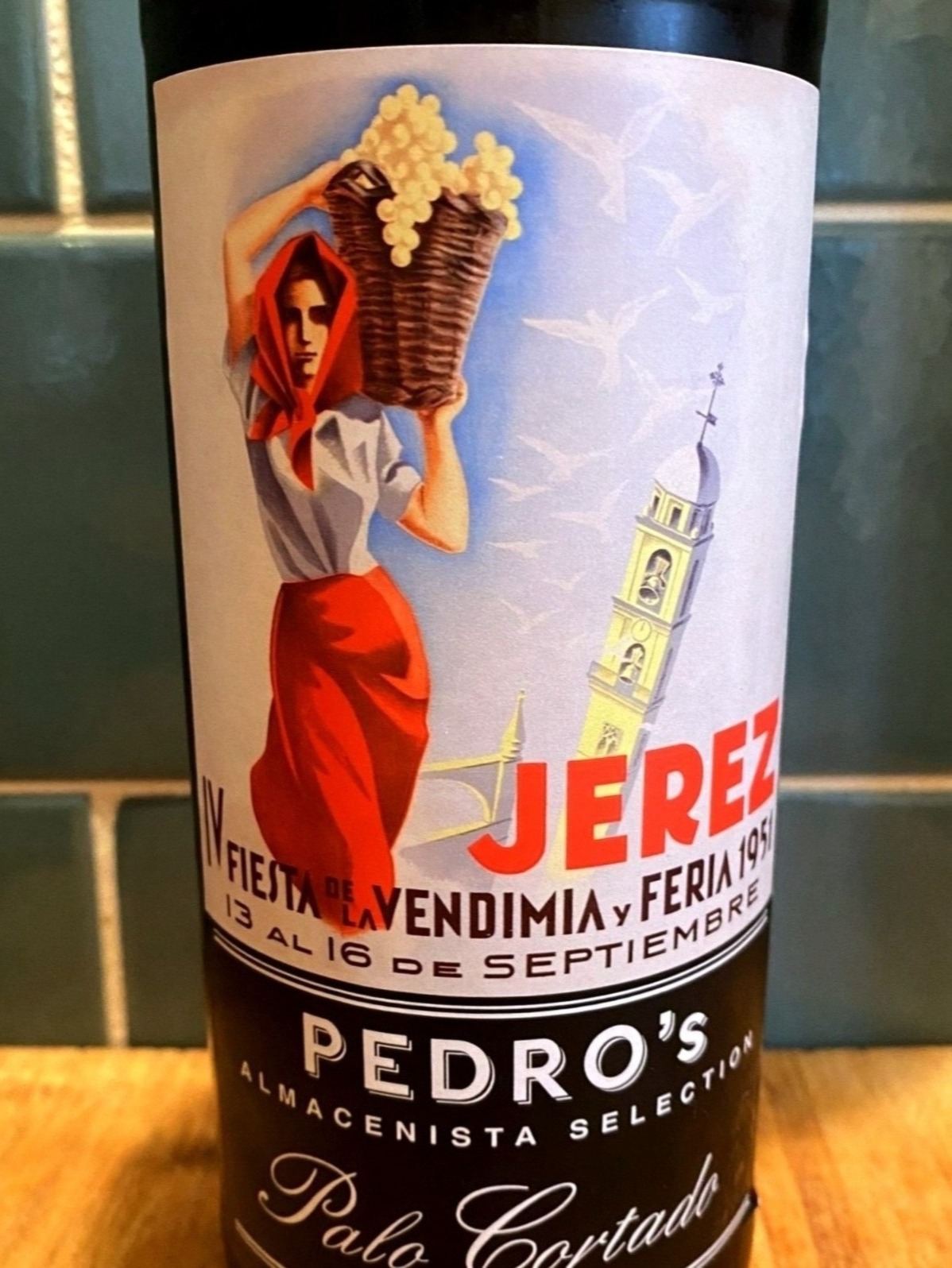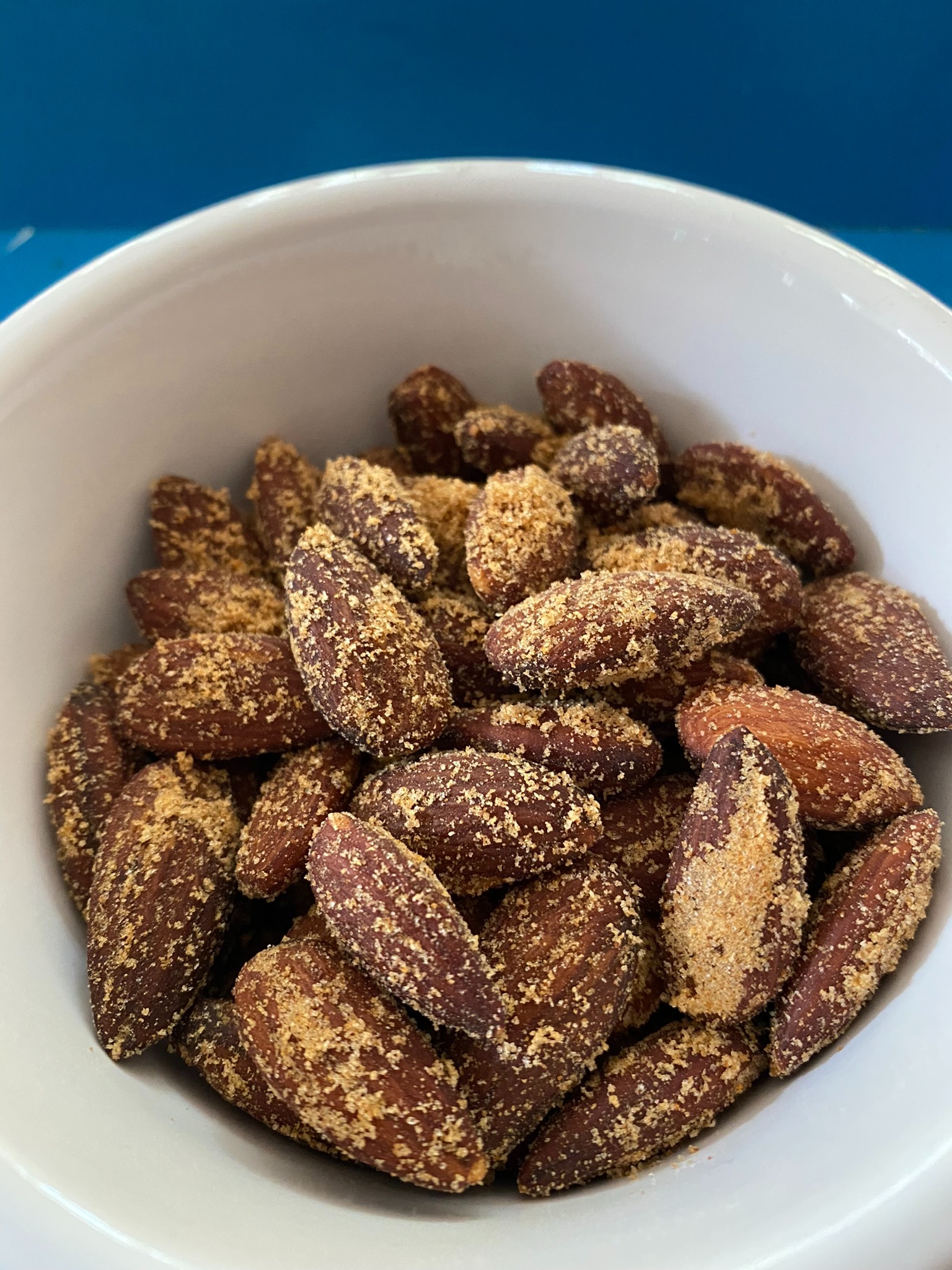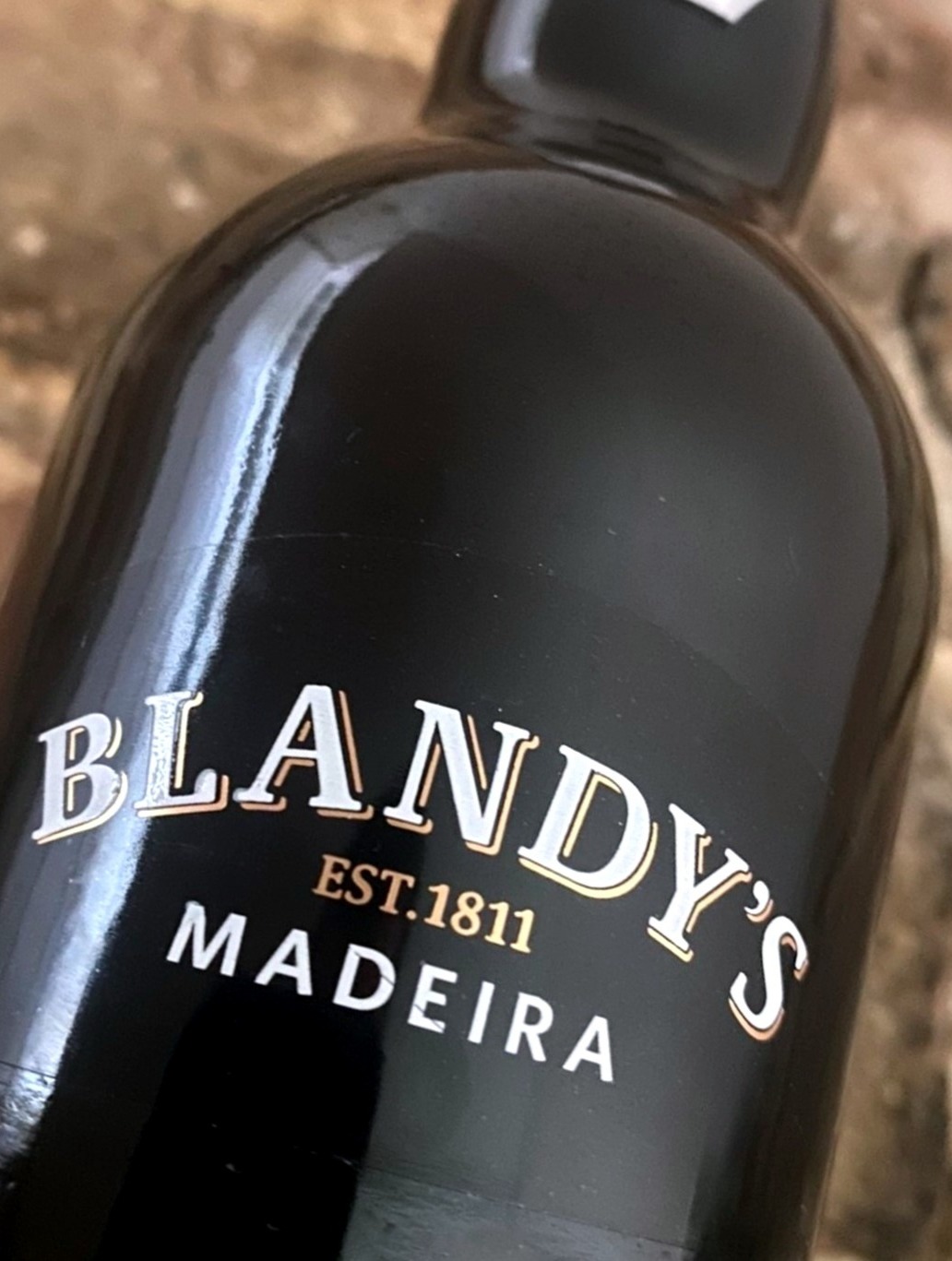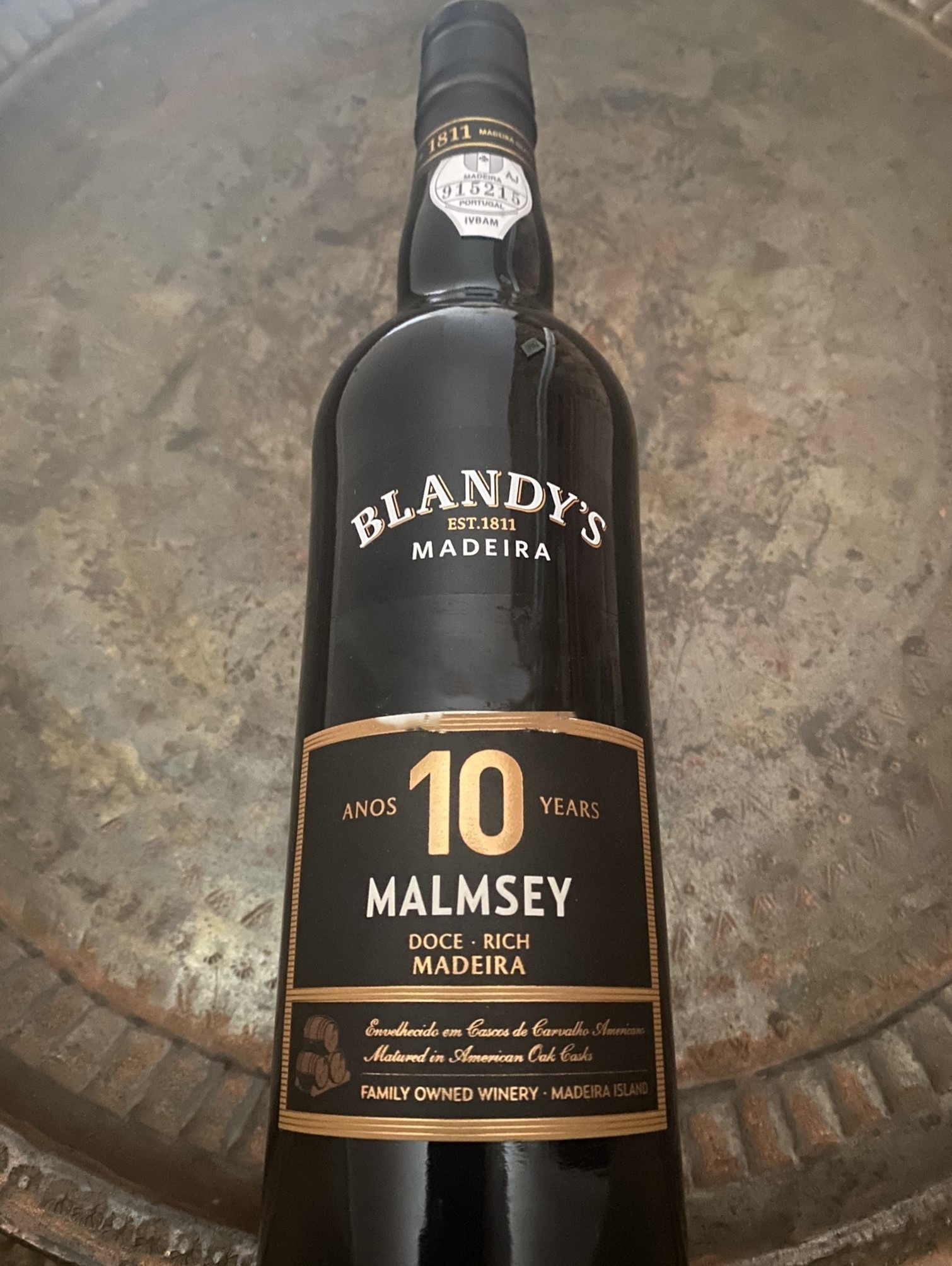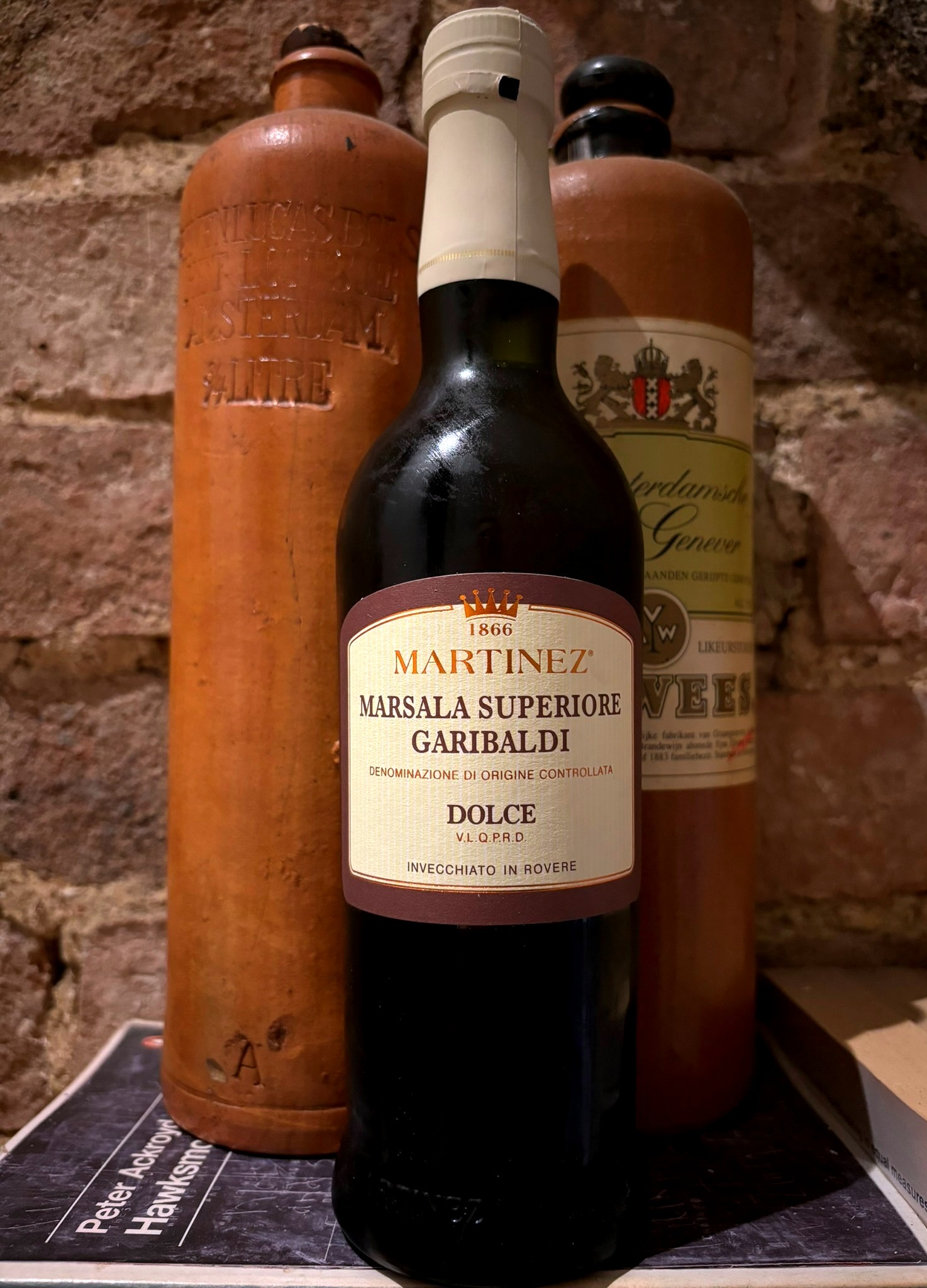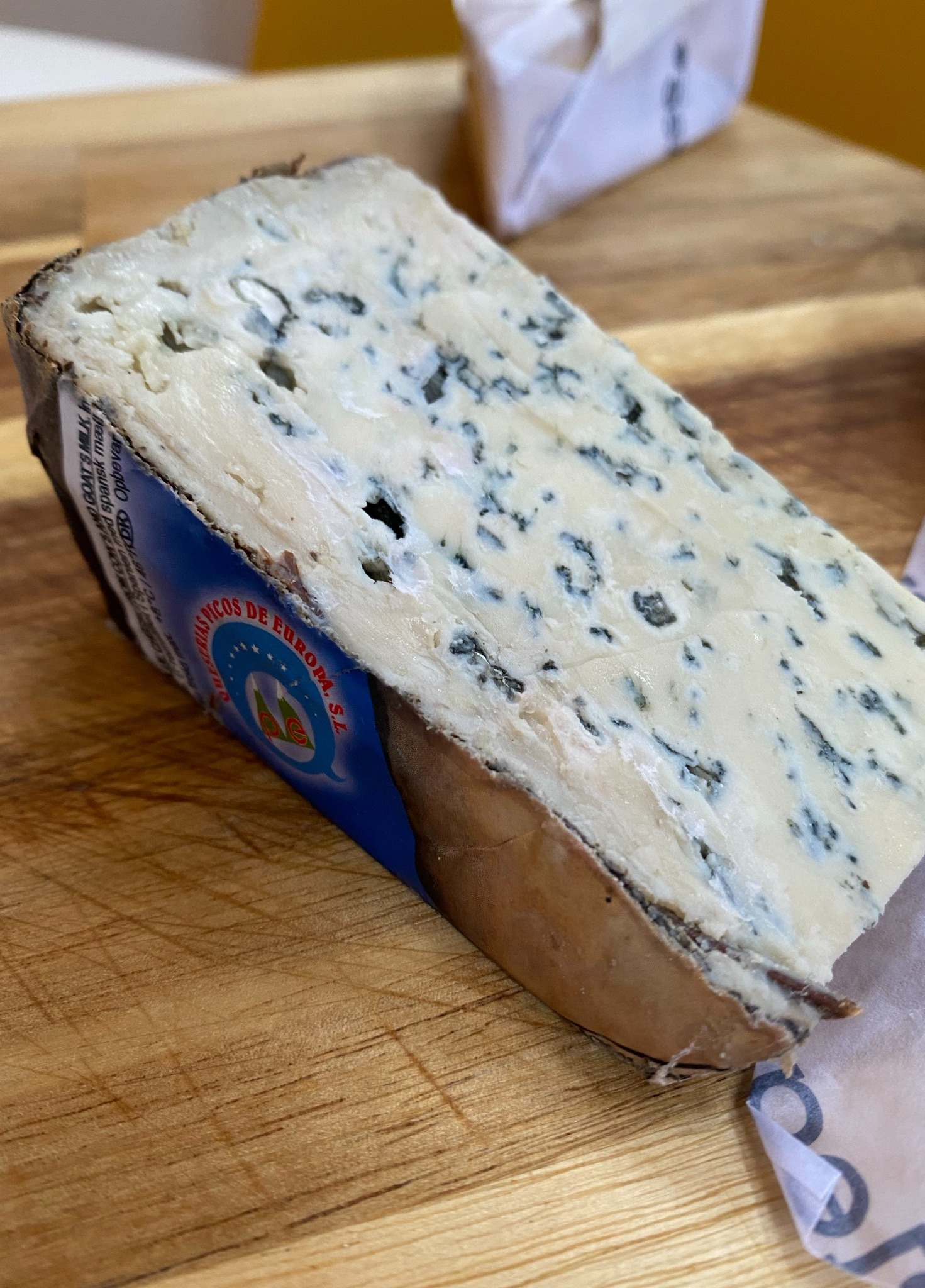

Not cheap: good value. Not cheerful, but joyful and with more than a hint of special-occasion lux. That’s what we want from our Christmas wine. Medieval wassailing, goblets of Victoriana and a sprinkling of scandi hygge. Oh, and it's got to be food-friendly for those of us never knowingly under-stuffed at this time of year. A tall order. Your wine has to cover a lot of bases: impromptu house party (hide the good stuff), neighbours over for drinks (hide the cheap stuff), visiting wine buffs (just hide), Uncle Fred’s favourite tipple etc etc. And, most importantly, that restorative glass when you’ve been wrestling with the turkey since 6am and your youngest announces they’re vegetarian.
One option is to fill your Christmas stocking with Champagne, white Burgundy and vintage port. And you’d have a lovely time of it. Until the cold light of the January bank statement, that is. For most of us, balance is the name of the Yuletide game: for price, style and consumption (well, I tried!). And that's true whether you're tightening your Bob Cratchit belt or want to splash out just a little.
The sheer range of rich, often highly flavoured food stuffs on the Christmas table is also challenging. From smoked fish to chocolate roulades, from Christmas Eve oysters to the cheese board of dreams. And, red or white with the turkey (Lord help you if you've gone for a goose this year ...)? Then there's the vexed question of what to serve with the big day's figgy pudding (you can read my Great Christmas Pud Conundrum entirely dedicated to that last, thorny problem).
With value always in mind, my approach is to spend on those 'centre-piece' bottles, ones to not only drink but taste and savour. Glasses that will provide little moments of joy, leitmotifs of charm and wonderment to wreathe their way into the Yule-tide cacophony. Equally, there are moments when it is nonsense to serve anything more than good, simple stuff. Kids back from Uni house party? They will never know the difference or likely care! Your best vintage Champagne to see in New Year? Save it for when you are more compos mentis. A goodly stock of solid, dependable good-time juice with a few gems thrown in is my recipe for success on a reasonable budget.
It's a lovely time of year to explore the wines that are sadly and unjustifiably left on the shelf at other times: port, for example, and dessert wines (Sauternes et amis). I'd make a particularly impassioned plea for Madeira and sherry. The former can be light or deeply raisined as you like, but always retains a nice acidity. The latter is a wine of true distinction, made with such care and attention that its price often seems shockingly low. Again, there's a style to suit most palates and occasions. And it's really rather fashionable again, chilled as an aperitif or even at the table. It pairs well with seafood and cheese, or how about giving the inevitable leftovers an Andalucían twist (turkey and chorizo paella, anyone?). And Italy's Marsala shouldn't just be for the kitchen (wonderful as it is in zabaglione or as a sauce for pan-fried chicken).
Below are my top tips, chosen especially to cover a range of prices and a variety of top wine-producing countries around the world. You'll find a few suggestions for food pairing as well and even more in my full-length Christmas food and wine articles at the end.
From a famous name (or half of one, at least!) this interesting blend of wine and fruity aromatics is made by M&C's Argentine arm. Adding orange-peel-derived essential oils, herbs and spices to wine might not strike you as a particularly grand idea, but it is at least an old one (think Romans, Greeks and probably a whole host of other 'ancients' before them). What really sets this wine apart, though, is the quality of the base sparkling wine. Award-winning in fact (Best Argentinean Sparkling Wine 2020 at the Champagne and Sparkling Wine World Championships, so their website says).
It's made using the Charmat method (which is rather a fancy name for 'in a stainless-steel tank') just like Prosecco but here the wine is left in contact with the lees for an extended period which results in additional complexity. That's the first thing you taste, in fact. An interestingly deep, leesy wine with yeasty, slightly brioche flavours. We're not talking Champagne levels here, far from it, but it is so much more interesting than you might expect for this style and at this price point.
It's only after the wine aromas hit the nose that the citrus hoves into view. And there's nothing to fear on this side either, the orange notes are fresh and nuanced, now essential oils from the peel, now a lighter, juicier hum. And there's an undertow of herbal-spicy perfume to go along with it all, pulling the citrus and the yeasty-wine notes together into a refreshing whole that remains interesting enough to come back to for a second (or third!) glass.
These are good-time bubbles, something to crack open with canapés or even to take the place of the trad bucks fizz of a Christmas morning. The citrus and sweetness goes especially well with oily fish like salmon, acting both as a seasoning and a foil for the fat.
South Africa's Cape Classiques are often a good choice for well-made sparkling wines. They are made in the traditional bottle-aged method familiar to us all from Champagne, Cava et al. They tend to be made from familiar grapes, too – Chardonnay and Pinot Noir – but can feature local favourites like Chenin Blanc and Pinotage. Production and quality are carefully regulated in law and by the CCPA (Cap Classique Producers Association) who insist on min time in bottle etc. All of which might be a little geeky-tedious were it not for the fact that it guarantees you a nicely produced wine that is likely to have at least some autolytic character.
Graham Beck makes this particular cuvée from 50% Pinot Noir, 49% Chardonnay and just a smidge of Meunier. Grapes are hand-picked and whole-bunch pressed, the varieties fermented separately and then blended before being lightly fined and bottled for second fermentation. They then spending a total of 15 months on the lees. To give you some point of reference, the min time on lees for Champagne is 12 months (although it's often much longer than that). Anyway this isn't a race! But it does give you an idea of the commitment to tasty, suitably aged wines that the Cap Classique folk display.
This wine is a beautiful pink-ballet-slipper colour with silver tones glinting from the glass. A party wine if I ever saw one. On the nose (always let the mousse subside a little before hunting for aromas in sparkling wine!) there is a nicely rounded set of red fruits, berries, a bit of cherry and the requisite citrus to polish it all up. The mousse is, as the producer says, quite 'lively' but it's not coarse or aggressive.
Consistently good is what you're getting here which might sound like damning with faint praise. Actually, it's quite a feat in sparkling wine that relies on the vagaries of bottle ageing and the skill of the blenders (and that's after you've managed to harvest your grapes at just the right moment for ripeness and acidity!). Not fireworks, perhaps, but a goodly number of party poppers. You'll also get 7.5 g/l of residual sugar (putting it only just outside the extra-brut category) which means that you are not facing too much sweetness. On the other hand, this is no austere wine. It's all rather well judged actually: a friendly wine that is ideal to drink on its own or with canapés.
Failing that, a large bowl of truffle crisps and some solitude would be rather fine, too.
I'd always taken it for granted that Blanc de Blancs was the thing to have with oysters. But London fishmongers of distinction, Wright Brothers, changed my mind on that score. Their house Champagne is, I guess unsurprisingly, fantastic with shellfish. Made for them by Piper-Heidsieck from 44% Pinot Noir, 34% Pinot Meunier and 22% Chardonnay with a hefty dose of reserve wine, it’s an utter delight. You can buy it online. And do. It's so much nicer than you’d expected from a ‘house wine’.
While you are waiting, however, here's another surprise: a 100% PN Crémant that is very good value indeed (usually under the £20 mark). 100% anything is not always a good thing in sparkling wine: it's the skilful blending, complexity of flavours and varying ageing rates that I find most interesting. Nevertheless, it does provide a directness of purpose and a simple focus. Friendly, red fruits outlined by citrus crowning a biscuit base, in this case. But it’s more interesting than that sketch might suggest.
Very attractive in the glass, pale gold with a hint of rose gold around the gills, it’s made for aperitifs round the Christmas tree. Twinkling lights, convivial company, arguments over Bublé on the ‘wireless’ (you know the score). And to be fair, it would be nice, too, from a chipped tooth mug cross-legged on the floor on moving-in day (a little glimpse into my Christamases past).
Clean aromas of red fruits greet the nose, even a hint of strawberry. Not brassy White Zin strawberries but wild strawberries macerated in orange juice. With Brioche. And Crème anglaise. There’s a nice clean tang to it as well which is not always the case with Crémant. The mousse is lively but quite soft and there’s a light but tasty autolytic character that brings everything together nicely. Again, that’s not always the case with sparklers at the less rarified end of the market. It has that lovely old French linen-cupboard tang that only bottle-aged beauties seem to possess. But not overwhelmingly so. All nicely in proportion but everything just a little bit classier than you would expect at this price bracket.
Located near the village of Saint-Bris-le-Vineux, Bailly Lapierre is a Cooperative that draws its hand-harvested grapes from 430 local grape growers and then matures the wines in their underground cellars hewn out of the limestone bedrock. It all sounds nicely Champenoise and indeed it tastes rather like it, too. I'd be happy to pair it with the New Year's Eve oysters but perhaps deep fried or Rockefeller rather than raw. And no Bublé.
Aware that I've gone a bit PN heavy with this year's sparklers ... but no apologies.
Not so very long ago, the idea of a Brit Blanc de Noirs (a white sparkling wine made exclusively from black grapes) would have been absurd. So let's celebrate one of the very few consolations of a changing climate with a glass of Merrie England. There are a number of good, home-grown options: I'm particularly fond of Exton Park's PNs but most of the major labels now offer BdN. I've chosen this particular wine from Bucks-based Harrow & Hope partly to support a local outfit but also to highlight the joys of low-transit, low-carbon-footprint wines. And it's really rather good.
I'm still yet to be totally convinced by Brit still Chardonnay and even more so still Pinot Noir, but it's now a given that English sparkling wines can be world-class. The soils and growing environment are there, the winemaking skills developed and producers are beginning to build up libraries of the all-important reserve wines that add complexity and verve to blends. It's the latter that have really continued to distinguish Champagne from our own home-grown stuff. So far at least.
That's not to say that these wines, not all of them anyway, are Champagne lookie-likies or even wannabes. They are, I think starting to carve out a path of their own. And with prices close to some good NV Champagnes, I think that's a wise move: create a good blend, create a clear brand, hook up with some iconic events from the British season (Nyetimber and tennis, for example, or Chapel Down and horseracing). Sounds a sensible and hopefully profitable approach.
Harrow & Hope are a small-ish, family-owned affair with a 6.5-hectare vineyard of complex Thames Valley/Chilterns soils (clay, flint and gravel). They grow Chardonnay, Pinot Noir and Pinot Meunier – the whole Champagnoise kit and kaboodal – and produce a range of interesting sparklers. Not only the usual brut blend (40% PN, 40% Chard, 20% PM) and rosé but also a Blanc de Blancs and this Blanc de Noirs. Most unexpectedly, they even offer 100% Pinot Meunier sparkler which I have to admit I haven't tasted but would rather like to. Interesting.
Their Blanc de Noir is 100% PN, partially barrel-fermented and lees-aged for a considerable period (the 2019 was 36 months and, although I can't confirm for the 2018 it tastes as though it was something around there, too). The red fruits are there, present and correct, clean and tidy, wrapped in a certain level of biscuity autolysis and done up with a bow of piquant Brit acidity. They themselves describe the 2018 as 'bold, broad, and almost brutish'. It's certainly no shrinking violet but I have to say I prefer it to the 'pale and wan' approach to sparkling wine. And whilst I don't want to be cudgelled by my fizz any more than the next person, at least you can taste that it's been bottle-aged and made with due care and attention. 'Strident' would be my preferred epithet. The 2019 is, apparently, more elegant. So take your pick.
Worth investigating and definitely worth supporting. Fantastic with deeper, more assertive seafood: char-grilled prawns in their shells, smoked boquerones, even taramasalata on absurdly genteel fingers of hot-buttered toast (not pictured but definitely enjoyed).
Each year in the run up to the festive season I try, largely successfully, to convince myself that “other sparkling wines” offer good drinking and excellent value. And usually they do (you can read more on this in my Challenging the 3 Cs of Christmas Part 1 for Falstaff). You can find well-made wines that hit the right balance of value and quality, especially in the shape of artisan Cava, northern Italy’s higher-quality sparklers, good Méthode Cap Classique blends from South Africa and the odd passing Crémant. Less well known (and less easy to get your hands on in the UK) are sparkling Rieslings (“Sekt” is the German term to look for) and “Espumoso de Rioja” – traditional method sparklers made in the famous Spanish wine region of the same name. And then there’s home-grown GB fizz, some of which is now very good indeed (with prices to match). Well worth trying, all.
But there are times the sheer weight of tradition and history carried by every tiny bubble means that only Champagne will do. So synonymous is the wine with festivity, even frivolity, that we are apt to forget just what serious wines these are, however: how much time and effort go into their production and how good they can be with food as well as a celebratory aperitif. These are not everyday wines, at least not for most of us. All the more reason to choose wisely when we do push out the Champagne bateau.
Gosset have been making wine in the Champagne region since the sixteenth century – at that point still wines, most of which were red. But they are known today for their quality sparkling wines of which this, their Grande Réserve, is their signature Cuvée. Drawing grapes from across Champagne’s Montagne de Reims, Vallée de la Marne and Côte des Blancs (including such grand cru villages as Ambonnay and Le Mesnil-sur-Oger) it blends Chardonnay and Pinot Noir in equal quantities together with a good splash of Meunier. The wine is then kept in their cellars for 4 years, considerably longer than the minimum requirements for Champagne.
What emerges is an exceptional wine, beautifully straw coloured in the glass with flashes of beaten gold. The nose is a complex dance of citrus freshness with ripe red and yellow apple, pear and plum warmed by the late summer sun. A lemon-juice acidity is very cleverly woven in amongst ruby fruits – redcurrant and red cherry – as the Chardonnay brightness melds to Pinot Noir’s berried structure. Long lees ageing adds wonderful toasted-brioche and nutty aromas that combine with the fruit to give delicate Mirabelle patisserie but also more homey delights such as fruited biscuits and even a hint of custard cream (probably a little too homey and English to make it into the House’s marketing). There’s a hint of gastronomic, umami bitterness here, too, which seasons the wine beautifully. The mousse is soft and smooth, with long-lasting, incredibly fine bubbles. And the finish is long and then longer still, resolving into a warm biscuity haze.
I paired it with canapés of lightly dressed crab meat on char-grilled brioche and it worked superbly. The simple pleasures of a roast bird would bring out another side to it altogether. And, of course, it goes wonderfully with anything crispy and fried.
'Supermarket-own Riesling' is the sort of phrase that seems destined to strike fear into the heart of anyone with even a passing respect for wine (or indeed themselves!). But a moment's reflection will lead you to the realisation that these wines are not made by Bernard from the cheese counter on his day off (nice and briming with goodly cheese knowledge though he may be). They are, of course, made by card-carrying winemakers, some of them very good indeed. Sometimes they are happy to let it be known that they are involved, other times it's a hell of a job tracking down those responsible. In this case, it's all nicely out in the open.
But first the price. I picked this up for just over the £7 mark which is, all things considered, not much. Still not quite sure whether to applaud or cry. Who doesn't like a bargain but what about the margins for the winemaker?! Who, in this case, is Peter Mertes, a rather big name in the Mosel (and the proudly 'award-winning' name on the front label ... although annoyingly just out of view in my pics).
And it's really rather better than it should be!
Good news for us.
Riesling often seems the exclusive domain of the experienced and the knowledgeable. It can seem a closed world and one that is certainly not helped by the complexity of the wine labelling. And that's a real shame as, certainly to my mind, this is one of the world's most fascinating varieties. One that, arguably, finds its greatest expression along the 'steep slopes' of the Mosel river. Riesling can be guided, spun, gently coaxed (and sometimes goaded or even forced) into a myriad of rather extraordinary forms. Dry or sweet, fresh or aged, still or sparkling, juicy, austere, leesy or botrytised. The list goes on. It's perhaps this chameleon complexity, together with lack of familiarity with the terminology, that makes German Riesling in particular seem daunting. That's where wines like this come in.
Good quality, solidly made Riesling at a lower price isn't that easy to find. There are some out there: Dr Loosen's Grey Slate is consistently good and Aldi's Der Komponist Austrian wine makes a fair stab at it. But I think this wine could make an excellent introduction to the grape for those who want to explore. Taken on its own merits, it's a pleasingly fresh, dry, zippy and well-made wine that nods in the direction of the grape's potential.
On a second tasting I got a little dissolved CO2, not Vinho Verde levels of spritz but just enough texture to register on the tongue. It's certainly not one of those anonymous varietal wines that really shouldn't be wearing the t-shirt: you can taste Riesling. It's not going to make you laugh, sing, cry or swoon (and yes, Riesling really can be that good) but if you offered someone a glass of this at a yuletide party they'd be more than happy. Especially if you handed them a plate of bao buns or dim sum to go with. I'll warrant that it could stand up to a certain level of spice, too, probably the level of the typical left-over-turkey curry.
The idea behind M&S's new-ish Expressions range is, I think, to gather together some good-value single-variety wines under reassuringly simple labelling. There are, at last count, 8 wines in the stable, interestingly 6/2 in favour of whites. Representing the reds are a Carmenere (from, unsurprisingly, Chile's Central Valley) which I haven't tasted and a South African Grenache (from Swartland) which I have. Single-varietal Grenache at the value end of the market (I got my hands on this one for £9) can be simple red-fruited stuff that glides past without much fanfare.
It often reminds me why darker and dangerous-er things like Syrah and Mourvèdre make such good blending partners. Grenache irons out their more outré tendencies (and also hides quite a lot of sins) and in turn is gifted depth, spicy black fruits and a whiff of mystery. I was, therefore, a little surprised when the M&S Grenache turned out to be a tad more interesting. It was indeed relatively light and packed with red berries but had an unusual floral top note and some herbal undertow that enlivened things quite considerably.
Pretty good value stuff.
The same goes, and with some Christmas bells on, for this Italian Ribolla. It's from the north-east of Italy, the region of Friuli Venezia Giulia (this IGP loses the 'Friuli', hence what you see on the label). It's the region tom which Italian's look when they want fresh, zippy, food-friendly whites. Fair to say that Ribolla Gialla isn't a household name (except perhaps if you live in said region or over the border in Slovenia) but it's a really old variety that has made its home locally for centuries.
There are some 'rediscovered' varieties that hit the shops that you wish had remained in obscurity. But this is definitely not one of them. Not in the form of this excellent-value wine, anyway. Attractive, middling lemon in colour, it's the warm-hearted fruit that first greets you on the nose: some yellow apple and a nod in the direction of lilting peachiness. Not packed to the rafters but solidly built and different enough to make an interesting diversion from, say, a Chenin or certain Chardonnays.
And it's £8 a bottle: at that price, really rather good.
It make a perfect 'kitchen wine', a bottle to open when making a risotto (one glass in the pan and another merrily consumed whilst stirring away). And one to pull out for fortification whilst writing the Christmas cards. But it can stretch a little further, too: to lighter fish dishes and maybe white meats. Well done Venezia Giulia; well done M&S.
Barrel-aged Chenin Blanc is a classic deep-appley wine and a personal fav. Here’s a fine example, reasonably priced too for a wine that’s seen a lot or care and attention. Stellenrust is a classy outfit, one of the largest family-owned wine estates in South Africa. They have nearly 400 hectares of vineyards around the town of Stellenbosch, in the heart of SA's winelands to the east of Cape Town.
Outside its Loire homeland (where such things are rigorously managed), Chenin can be subject to excessive yields. This results in dilute wines rather lacking in character. The best producers in South Africa, Chenin's 'other heartland', follow the French and add their own history (and a whole lot more sun to boot!). Stellenrust call themselves, 'custodians of old vines' and you can taste their commitment to quality in every golden drop. Clearly a South African wine, it's a glass of southern-hemisphere sunshine but one with character and verve, not lacking in a certain bold elegance either.
Beautiful, limpid green-lemon colour in the glass, the nose is immediately captivating. Oak yes, but subtly integrated with the green/yellow apples and pear heading for melon and stone-fruit territory. The acidity is nicely worked, sitting there spiking the flavours, encouraging them onwards. And it's starting to get that lovely nutty-almondy quality beneath the apricot and citrus fruit. With such skilled winemaking on show, it manages to be both full-bodied and refreshing all at once. This is the very essence of Chenin born and raised in the sun.
This weight (but lack of overbearing heft) means that it is prefect with food but can also fly solo. A delicious all-rounder that is able to step up to special-occasion feasting but also makes a goodly glass for less formal scoffing.
It has a lot to offer, a wine to savour and ponder. Makes a nice alternative to the more typical oaked Chardonnay to accompany a roast fowl, especially guinea fowl or smaller, less gamey game. It's richness and oaked roundness also mean that it would rise to the challenge of the Christmas bird with ease, complimenting both the drier flesh of a turkey and its array of strongly flavoured accompaniments. At other times, a fat rare-bread pork chop with potatoes and roast apple would be superb with this by its side, too.
Christmas really wouldn't be Christmas without a quality Chardonnay to lend its golden fruits to proceedings. But that doesn't have to mean budget-busting white Burgundy. 'New World' expressions of the grape are so often better value and can be just as exciting.
Founded in 1902, Argentina’s Bodega Catena Zapata is a leading force in the country's wine scene. As they put it themselves, 'the story of Catena is the story of Argentine wine ....'. Their Malbecs are justly famous but there's a goodly supply of Chardonnay flowing from their scenic vineyards, too. Their Catena Alta label is reserved for a limited production of single-varietal wines from selected rows in their vineyards. Yes, it really is that boutique. For the price, that's quite extraordinary.
The Catena Alta Chardonnay (there are Cabernet Sauvignon and Malbec reds in the range as well) is whole-cluster pressed and then fermented using ambient yeasts in large French oak barrels. All suitably top-quality processes. They leave 30% without malolactic fermentation to preserve the pert acidity and then the wine is aged on the lees in a mix of new and used oak for 14 months. 'Alta' of course translates as 'high' which gives you some indication of the elevation of the site: nearly 5,000 feet, in fact. This might surprise you if you've noticed that the wine hails from Mendoza but the area has (at least) two distinct zones: the flatter eastern region that produces a vast amount of wine, some of which is excellent and some not; and the hillier western reaches that inch their way up into the Andes.
To say 'hillier' is something of an understatement. This is 'alta', really 'alta'. And that equates to lots and lots of sunlight that hits the grapes at an optimal angle to ripen them nice and slowly whilst allowing the development of lovely flavour precursors and the retention of good amounts of piquant acidity. Basically, very tasty, complex grape juice with the right phenolic and acid profile for lovely, age-worthy wine!
Exactly what you get when you pop the cork of this beauty. First thing to note is how masterfully the oak has been handled. The new/old oak has offered a little vanilla and the hint of smoky cedar that goes so well with ripe Chardonnay. But we are talking nuances, here. Not big bombast and a mouthful of oak chips. This is Chardonnay in its aromatic, silky and suave guise, the oak adding to but certainly not dominating the fruit. Juicy lemon, deep appley apple and fragrant pear; kisses of more developed fruit like melon, white and yellow peach; textural pull and a light buttery pastry quality from the lees; and a cream-laden weight. Quite obvious that there's a lot going on in addition to the oak seasoning. Whilst you will keep noticing more as you proceed and as the wine opens up, it is never confused or unnecessarily complex. All the wonderful parts have been brought together by the consummate skill of a master winemaker. Roast turkey (from the Americas, after all!) and scented, sweet parsnips? Yes, please.
This is one of the nicest Bordeaux blends I’ve tasted from under £10 (in fact, the Wine Soc had it for £8.95 last time I looked). That’s extraordinary value for a Supérieur wine. It’s majority Merlot (unsurprisingly), from the right bank near Fronsac, which makes it approachable and hugely drinkable. But there’s enough Cabernet Sauvignon knocking about to give structure and a bit of poise. ‘Value’ Bordeaux is often a misnomer (it can be a real trial!) but here, it’s true!
For those who worry about such things, you get a proper Chateau-stamped label. All nicely Bordeaux and slotting into the Christmas nostalgia category with ease. But there's more to this than just a fancy label. It's a good-looker in the glass as well: velvety, deep ruby (the sort of thing that looks rather fine glinting in the festive crystal). And the blending has been very cleverly done (again, not a given at this price point).
Some good, ripe Merlot lends it red-fruited bonhomie to the festivities. But this is no anonymous good-time juice. It tastes of right bank. Again, that's quite a surprise. To this silky side is added just enough of Cab's haughty, tannic grip to enliven and complexify. A little black-fruit spicing and that unmistakable Bordeaux dusty plumminess come along for the ride. There's oak, too, offering some older-barrel richness and smoky, seasoning. Straightforward, solidly constructed wine with a hint of something more. Great place to start, too, for those yet to be convinced of Bordeaux's brilliance.
How lovely this would be with an enormous pile of roast-beef sandwiches! Or maybe for those twixtmas moments spent roaming the wintery hills with dog 'n husband (strictly in that order!) to return to a simple supper of sausages and white bean mash with oodles of garlic. Enough plummy, blackcurranty body to carry you on to the cheese (if there’s any left by that point ... wine or cheese!). Impressive value. Well done Wine Soc!
With a few notable exceptions (including the wine above) good value at the cheaper end of the Bordeaux spectrum can be a little tricky to find. One solution is to look to other areas that are doing interesting things with the classic Bordeaux grape varieties. And whilst Sauvignon Blanc is a very different beast in New Zealand or Chile, Merlot, Cabs and their blends often still look to the motherland for inspiration so all-powerful is the red Bordeaux model.
Margaret River in Australia’s extreme west has been on everyone’s lips for some time now. And they are going great guns with the classic varieties. This isn’t just pastiche, however; experimentation is in the local Mediterranean-tinged air. Take Shiraz/Cabernet blends for example (although not, of course, confined to that area).
Here’s a rather bold 100% Cabernet wine. Bold in concept and bold in realisation. It’s made for M&S but the fab Xanadu Winery. There’s a sister wine, a white Semillon-Sauvignon Blanc blend, of rather nice crunchy, green, down-under proportions, but this red is a joy. The medium ruby in the glass belies its quite full body. The nose is quite literally a bouquet: unusual flowery, even lilac overtones gliding over minty, blackcurranty depths. There is a little seasonal chocolate as well which luckily doesn’t morph into generic mint-choc territory. There are unexpected savoury notes, too, bay and loam and eucalyptus along with intriguing incense-like top notes, not too perfumed but playing at the edge of the senses. Delicious and a different side to a variety that can be overly serious and inaccessibly withdrawn.
There’s been some oak action as well (although I don’t have the details) which makes its presence felt slowly as a hint of buttery vanilla adding to the richness and texture. Pitch-perfect oak in fact, beautifully tamed and supportive of the aromas of the quality fruit. I see that my notes have ‘silky textured yet with a filigree structure of supporting tannin: a taut bivouac over a complex bamboo frame.’ Unnecessarily poetic but you get my drift.
The minty freshness suggests happy lamb moments. But also the fat of goose. Would absolutely sing with something like a veal ragu when you are craving a simple pasta supper after all that feasting.
Sometimes price and quality align so perfectly that it stops you in your tracks. We opened a bottle of this old-vine Garnacha (sourced from the clever buyers at Majestic) one weekend thinking it would be a nice enough glass with a sausagey, cassoulet type affair.
It was superb: stunning wine, lovely label (and super-interesting website as well!).
Grown at altitude in the wilds of northern Spain, it’s part of Vintae’s Proyecto Garnachas, a project showcasing Granachas/Grenaches from small, ‘lost’ vineyards in the Ebro Valley. The Ebro river, rather like the Po in Italy, forms a vast basin that defines the local geography, stretching from close to the northern coast in Cantabria down to the Med in southern Catalunya. The idea of the project is to prove that the variety has a huge amount to offer and, I would add, to counter some of the usual Garnacha stereotypes (second fiddle to Syrah and Tempranillo, consistent but rarely exciting etc etc). “La importancia de la Garnacha en el valle del Ebro es indiscutible”, so says Raúl Acha, Vintae’s oenologist and the whiz behind the wines. And on this evidence, he is right!
There are six wines in the stable, including one from famous DOQ Priorat and an extraordinary Spanish ice wine, La Garnacha de Hielo, from vineyards in Cárdenas. The latter is harvested in December at temps well below zero. Whoosh – there goes another Spanish Garnacha stereotype!
This Garnacha Salvaje (lit. ‘Wild Garnacha’) hails from Moncayo, a mountain ridge stretching from Aragon into Castile and León (sort of midway along the Ebro’s course). Released under DO Calatayud, it’s 100% Garnacha, grown on rocky, slatey soils and harvested by hand. 5 months in French oak rounds the corners impeccably to produce a powerful but lilting wine of impressive scope.
There is indeed something ‘salvaje’ about it, wild fruits of the forest and hedgerow berries sitting beneath delicate wild-flower aromas. Subtle sweet-tobacco depths and well-handled oak provide nicely savoury counterpoints to its ripe, red-fruited profile. A wine that feel profound, it’s in no way tiring or lacking in freshness (which is not something one can say about all Spanish reds at this price point). Complex, with slatey minerality and layers of interest, the whole is brought together superbly by an accomplished hand. A ‘surprising’ wine, as they put it on their website. Indeed! And a wonderful surprise at that.
Calling out for charcuterie, pâtés and aged sheep’s milk cheeses, it would also be rather fine with gamier beef cuts. Or liver and onions! Not the institutional horror of our childhood traumas but lightly sautéed calf’s liver with roasted Roscoff onions.
Super name, super label, super contents. From NZ’s wilder south island comes this sophisticated Pinot Noir that offers something just a little different from the usual red Burgundy. Since 2005, Nanny Goat Vineyard has been producing PNs of distinction from their alluvial terraces in Central Otago, taking their name from the goats that roam the hillsides.
This red is sourced from BioGro-certified organic vineyards located at 270–290 m asl in the Queensberry sub-region. This is an area of NZ with a more continental climate. Hence there is a huge diurnal range in temperatures between hot days and cool nights. This leads to longer growing periods, flavour and phenolic development, retention of acidity and, often, tastier wines. Naturally poor, free-draining soils add their touch of magic, too.
Super Nany is sourced from their top parcels and those of their partner vineyards. Grapes are hand-picked and then naturally fermented in open-toped, stainless-steel tanks with some whole berries and whole bunches. Two weeks of skin contact and followed by 11–13 months of ageing in 225-litre French oak barriques (40% new).
What emerges after all this attention is a distinctive balance of finesse and power. The nose in intense, with pronounced notes of black fruit (plum, cherry, blackberry) and loamy, woody herbs. Familiar PN floral, violet tones hover over the top like morning mist but there is a strength and depth here, as well as new-oak spicing that gives the wine a nice presence in the mouth. A good long finish resolves into fruity (goat-nibbled) hedgerows.
In my own wilder moments, I imagine this being served at a Yuletide recreation of des Esseintes' infamous black dinner (minus the impotence, hopefully). More prosaically, it's just a really good wine in a nicely iconoclastic bottle. Rib-of-beef or mushroom-wellington centrepiece heaven.
Of all the sherry styles, Palo Cortado is the least common and the least understood. In a binary world of biologically aged vs oxidatively aged sherries, Palo Cortado is a misfit. Typically starting life as a Fino and therefore subject to yeast influence from a layer of flor, it is later re-classified as potentially too full-bodied and deeply flavoured for the light and ephemeral profiles of Finos and Manzanillas. The wine then enters its own Palo Cortado solera system where it is aged under the influence of oxygen. The range of aromas and flavours in the finished wine therefore combines those characteristic of biologically aged and oxidatively aged sherries. It shares this dual ageing process with Amontillado, but Palo Cortado often has a more intense flavour akin to an Oloroso, with less of the acetaldehyde tang from its biological origins. It is also often deeper in colour, fuller of body and smoother (it usually has more glycerol remaining due to shorter periods of exposure to flor).
This wine is part of a small range of Pedro’s Almacenista Selection sherries (there’s a Fino, an Oloroso, a medium-dry Amontillado blend and a PX too). All have delightful labels featuring local poster art. “Almacenista” is the Spanish term for typically smaller Bodegas that age wines before selling them on to the larger shipping companies to market the finished wines. In this case, the wine is sourced from an “old established Almacenista in Jerez” we are told (from the cellars of Cayetano del Pino, I understand, who are somewhat experts in this style of sherry). The range is reasonably easy to source, too (from Waitrose and Majestic, for example, as well as specialists like Spanish Wines Online).
A pure amber colour in the glass, the first impressions on the nose come from the acetaldehyde-related aromas of biological ageing – apple skin, hay, nuts and an intriguing yeast-derived dairy quality that reads here as ghee or clarified, slightly fermented butter. These aromas are more subtle however than in Pedro’s equivalent Amontillado and are followed almost immediately by a brown warmth from oxidative ageing – aromas of caramel, walnut, pecan nut and maple syrup. This broad, mahoganied character underpinned by the fresh saline hit from the flor gives an unusually complex, deep but refreshing profile.
The wine is certainly fuller bodied and has more glycerol weight than wholly or predominately biological-aged sherries. Because glycerol registers as slightly sweet in the mouth, there is also a ghost of sweetness beneath its dry, salty profile. This latter saline quality is quite marked on the palate and makes for a very interesting interplay with the coffee-and-walnut flavours the wine inherits from its Oloroso cousins. There’s also a nod towards the latter’s dried fruit, albeit much less intense. The ABV here is 20% and the alcohol is definitely more present on the nose. Consequently, it's a tad more rustic than its more elegant Amontillado compadre. The finish is long, however, with tones of smoked salt, tobacco and leather.
The intense profile means that the wine can stand up to smoked almonds and the aged sheep’s milk cheeses of Castilla–La Mancha (just north of Andalucía) – Manchego etc. The acorn-like nuttiness of Iberico pork is also a perfect partner, slices of lomo de cerdo or jamón serrano. Try with croquetas de jamón serrano that adds the pillowy silk and bland hug of bechamel, and the crunch of breadcrumbs for a good textural fit.
All these elements make it an excellent aperitif that can also carry through into the meal. Perfect with savoury foods, it calls out for pescaito frito, jamón ibérico, garlic, olive oil – all the good things from that part of the world. Its flavour profile is ripe for chilli and sweet spice, too, the aromas of the Arabic world carried on the hot sirocco wind to the mouth of the might Guadalquivir.
Founded in 1811, the family-owned and run Blandy’s is one of the oldest and most respected producers on the island of Madeira. The island, technically an autonomous region of Portugal, is situated in the Atlantic ocean to the west of Morocco and is famous for the fortified wines that bear its name. The wines are made from a number of varieties: Malmsey, also known as Malvaisa, is perhaps the most famous of the noble white varieties used and typically grows in the cooler, wetter north of the island. Once harvested, the grapes are fermented using natural, ambient yeasts in temperature-controlled tanks and then fortified to stop further fermentation at the desired level of sweetness. This particular wine is categorised as “Doce” or rich, the highest of the sweetness levels. It contains 123 g/l of residual sugar (to put that in context, table wines can have up to 4 g/l to qualify as “dry” according to the EU, whereas PX sherry can have between 400-500 g/l).
Post fortification, the wine is aged in small oak casks in the traditional “Canteiro” system used for higher-quality wines. This process, peculiar to the island, sees the wine kept in a hot, humid and oxidative environment that produces the characteristic deep colour and concentrated flavours. In addition, sugars in the wine caramelise during the process which, in the best wines, is matched and balanced by fresh acidity - all adding to the extraordinary profile on display. Age-indicated Madeiras come in 15, 20, 30, 40, 50 and “> 50” years old in addition to 10s and younger 5 year olds. All are bottled ready for drinking so no use buying a 5 year old and waiting – it’s not the bottle environment that’s key to development (unlike Vintage port that’s quite happy maturing at the back of your cellar).
A beautiful bronzed amber colour, the predominant aromas here are dried fruits (raisins, prunes, dates and apricot) together with marmalade tones – a relatively light burnt-sugar marmalade like Fortnum and Mason’s Sir Nigel's as opposed to their citrus-forward Burlington Breakfast. There’s a distinct nuttiness too – waxy brazils and walnuts – that works very nicely with the caramel undertones. There’s also an elusive fragrance, something like basmati rice.
The palate is less showy, with floral notes under the predominant fruit ‘n nut. It’s a full-bodied wine, with a certain oily weight to it, but its conspicuously high acidity balances this richness. There’s a little texture here too, more so that say a smooth and unctuous PX sherry. The finish is complex and long, evolving across the mouth for quite some time. It resolves first into barley sugar warmth and then into a, not unpleasant, vegetal note that most closely resembles celeriac (a light, green, earthy liquorice). There’s a little dry note at the very end that makes a surprising and welcome palate restorer.
This is one of a few wines that can stand up to the onslaught of the Christmas pudding/mince pie brigade (cf my Great Christmas Pud Conundrum for Falstaff). But it would be a shame to save it only for Yuletide: it also goes well with chocolate-based puds, fruit cakes and cheese, especially blues and those with a nutty profile like aged Alpines.
A unctuous, fragrant wine from one of the oldest Marsala producers in Sicily. A favourite of Garibaldi apparently, hence the name. Dolce is the sweetest of Martinez’s wines and is a blend of white Grillo, Catarratto and Inzolia grapes from around the town of Marsala on the west coast of the island.
Like some other fortified wines, Marsala is made by adding neutral distilled grape spirit to a base wine to increase its alcohol content (typically to between 15 and 20% ABV) thus stopping fermentation with some residual sugar left in the wine. No one-trick pony, Marsala is made in a variety of styles and can spend up to a decade ageing in oak before being bottled. It comes in three colours: Amber, Ruby and Gold. And three sweetness levels: Dry, Semi-Sweet and Sweet.
In this case, hand-picked, super-ripe grapes are fermented with the addition of mistelle, cooked must and alcohol. The wine then spends more than two years in oak casks with ullage (not full and therefore in contact with the air) which gives the wine its characteristic caramelised, oxidative aromas. The process and some of the resultant flavours will be familiar to lovers of Oloroso and medium Sherry and indeed the similarity doesn’t end there as Marsala is often made using a variety of the fractional-blending solera systems (again, like Sherry and Madeira).
Lovely, light amber in colour, Martinez’s wine is all golden raisins, burnt toffee and liquorice from the oxidation process. The nose also has light orangey notes and apricot. As it develops, spicy tones appear – ginger and even the more savoury seeds like fennel and coriander. Really interesting on the palate too, it somehow manages to mix a certain light fluidity with heavy, heady depths. That orangey tang, now heading off into Drambuie-laden Scottish marmalade, and a volatile, spirity quality come through on the palate as well. Warming, like ginger wine. Its closest cousin is undoubtedly Madeira but it’s lower in acidity and the alcohol more present than that comparison might suggest. The finish is quite long, sweet at first (but not cloying) and then resolving into something quite savoury with a herbal, almost vegetal, twang.
Marsala is often used in cooking. And whilst it is lovely in zabaglione and numerous sauces of the classical French (and Italian!) kitchen, don’t dismiss it from the bottle, too. Served chilled, it’s great with creamy or dried-fruit-laden puddings, stollen, panettone, Christmas cake etc. Wonderful with nutty cheeses and bloomy brees, its spirity spice means it can also stand up to blues with ease.
More Christmas inspiration in my full-length articles.

... unsystematic, unsponsored, unapologetic ...
Top-notch fishiness for collection and delivery. Also gifts ideas: voucher for an oyster Masterclass is a fantastic treat!
Essential Scandi stuffs for your Nordic Christmas: K-Salat Remoulade, proper Ansjovis, Kanelbullar (Swedish cinnamon buns).
A Christmas jaunt to these sacred (food) halls nourishes body and soul.
If you don't want a box of truffles from the hand of Alain Ducasse and friends (dark chocolate or vanilla ganache, chestnut cream etc) then you're beyond help.
Brill Brit products: super smoked salmon and much, much more.
Wonderful produce from Sicily and all over Italy. Truffled Gorgonzola - say no more!
Marylebone's épicerie/fromagerie of dreams, now at other locations, too! Go for the butter and greengage jam and stay for goodly cheese and seasonal suppers.
Christmas or Hanukkah, this wonderful deli in St John’s Wood has you covered.
Artisanal smoked fish from Mallaig on the west coast of Scotland. A treat.
